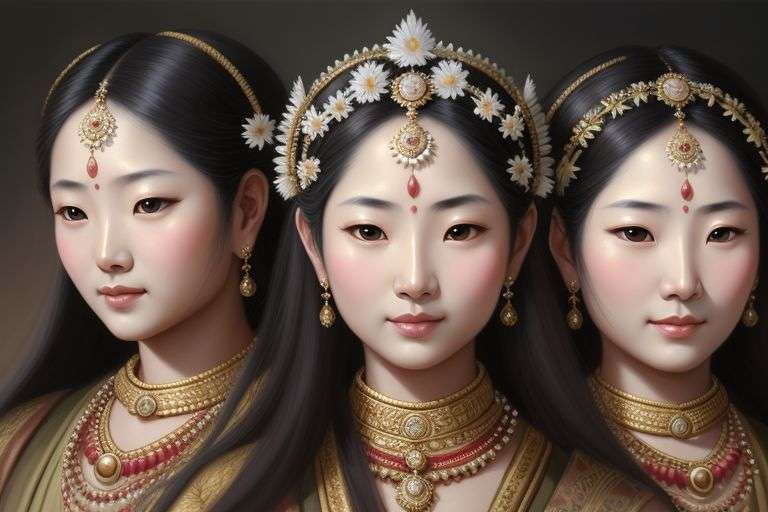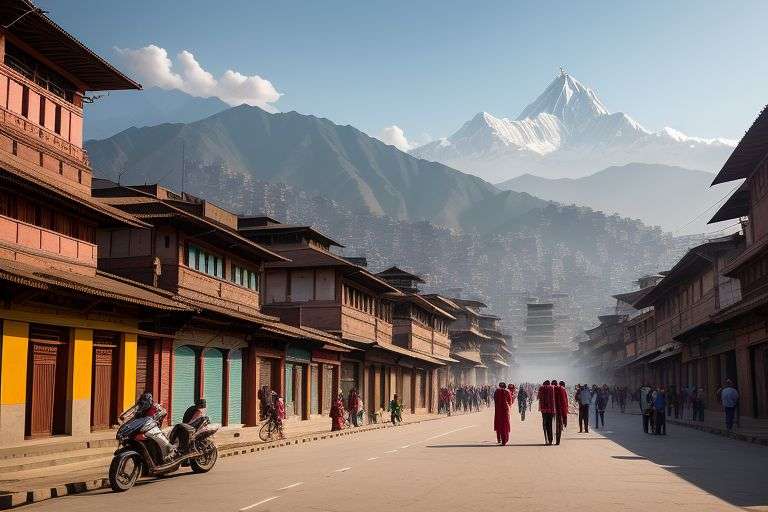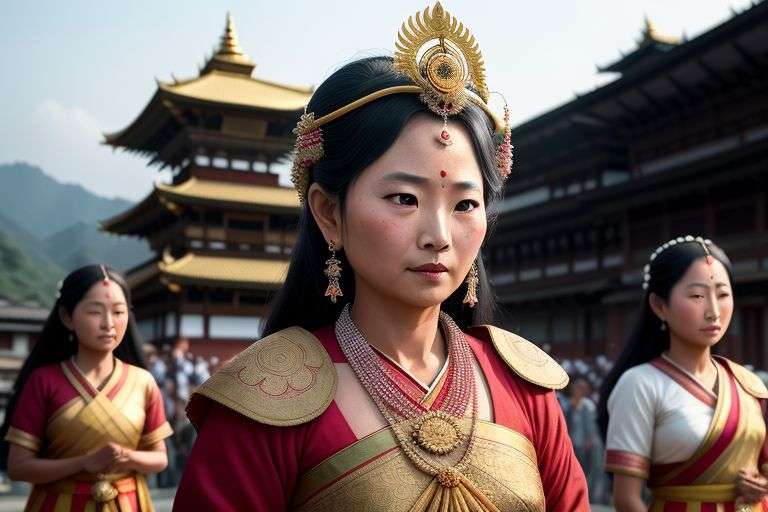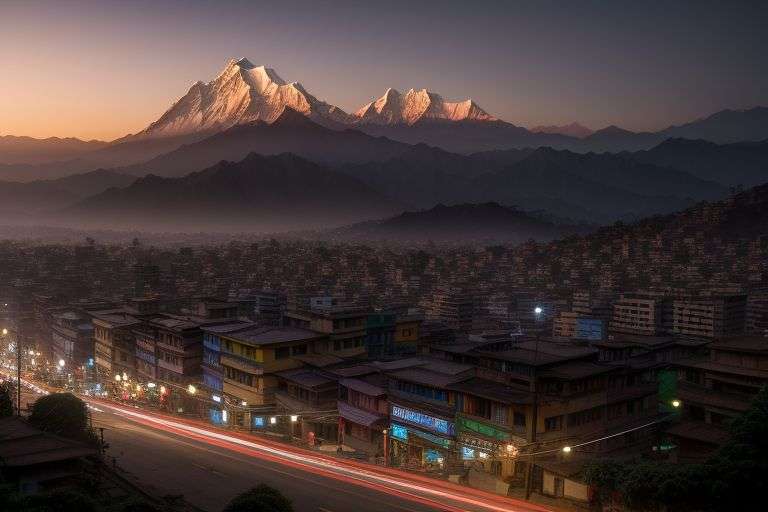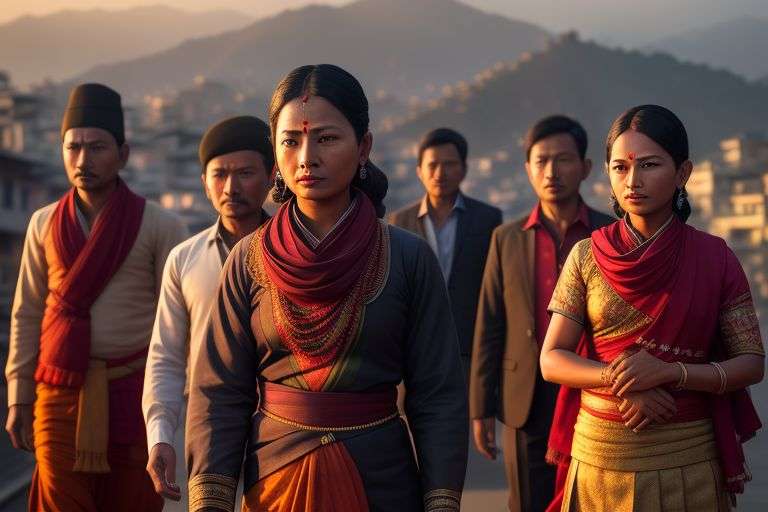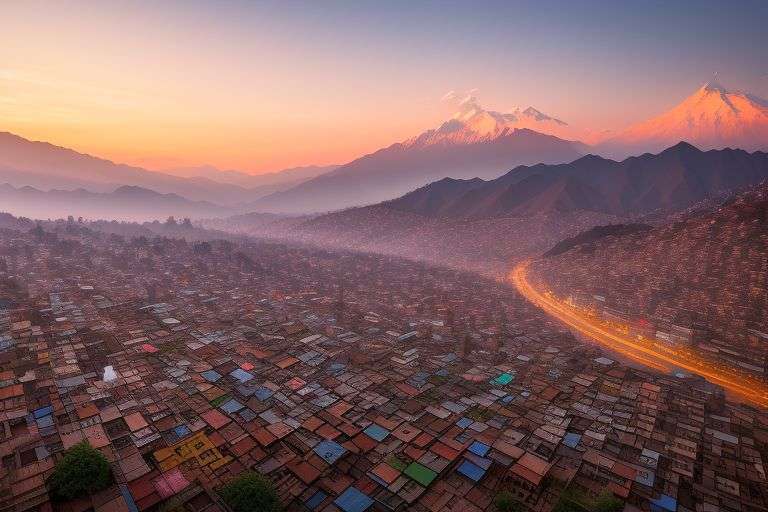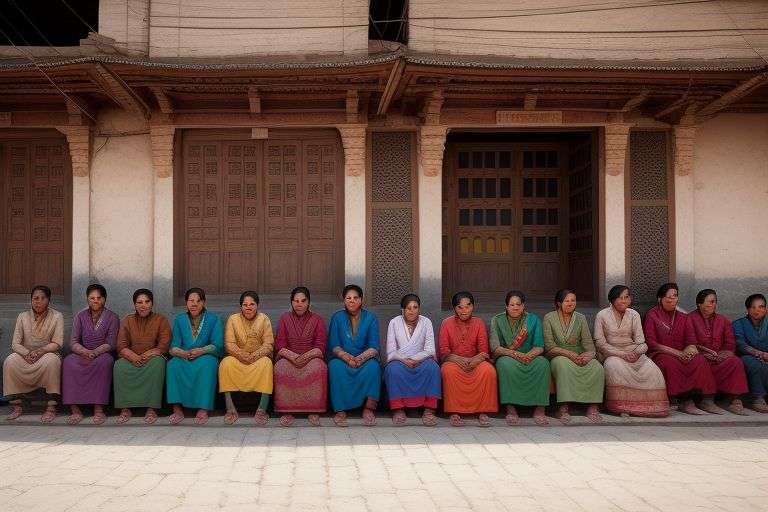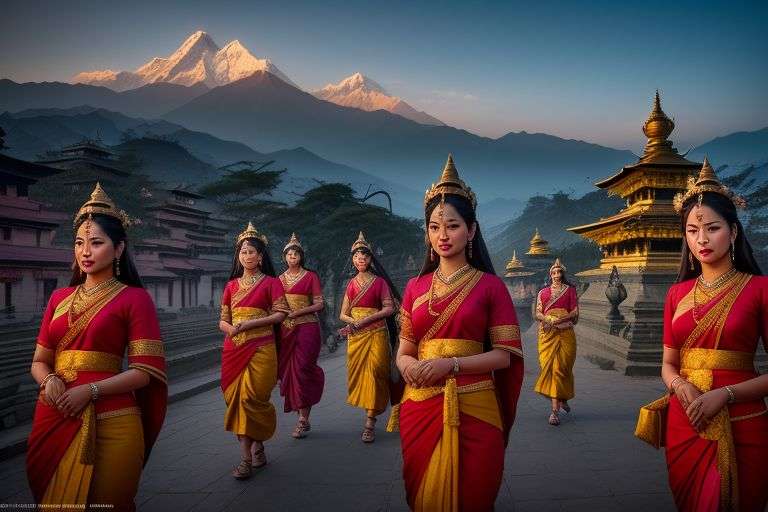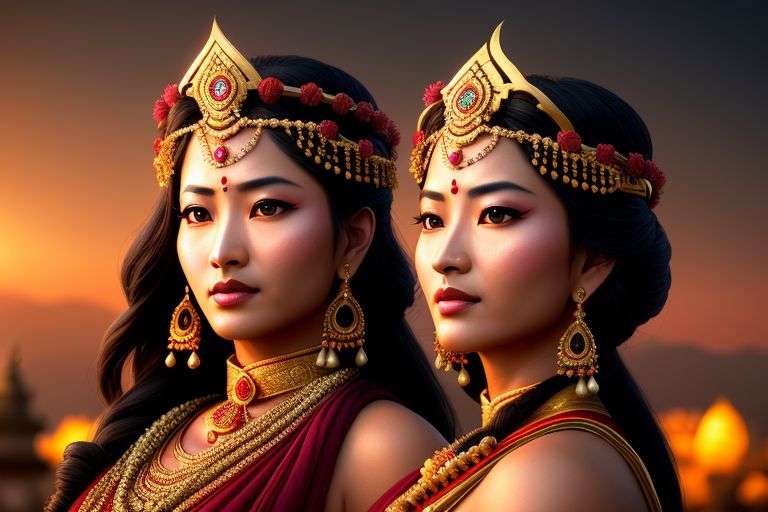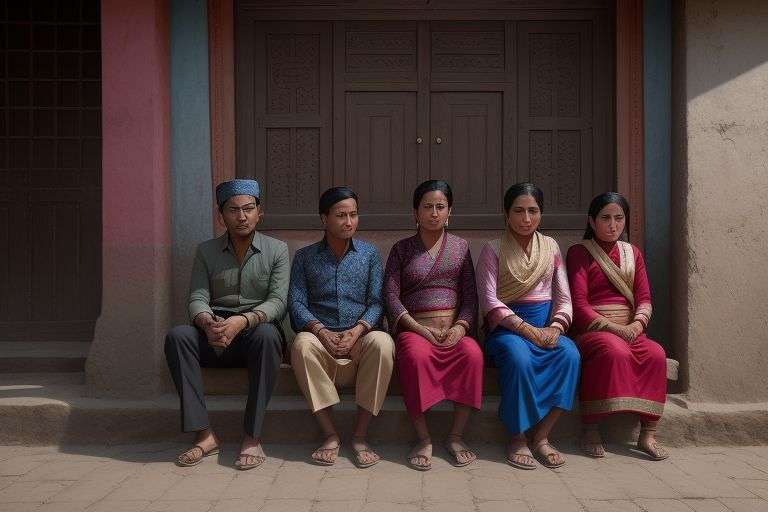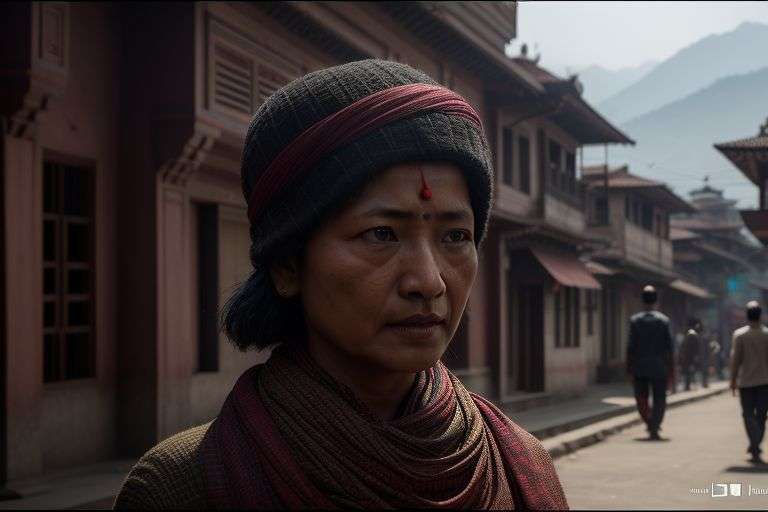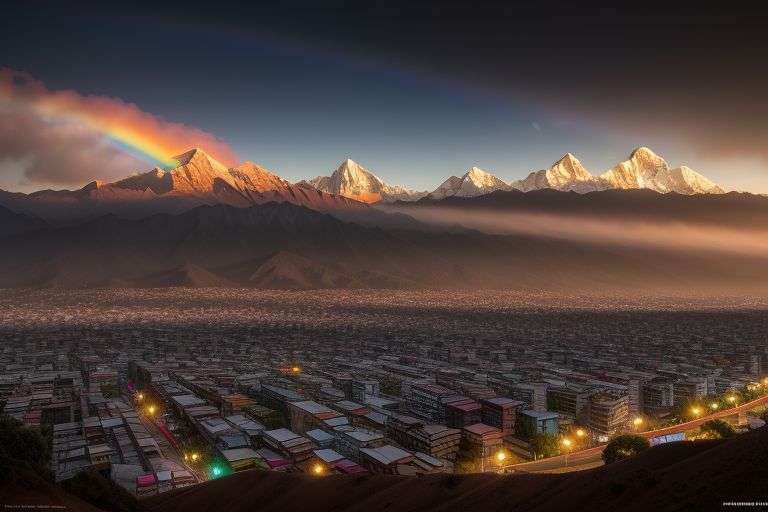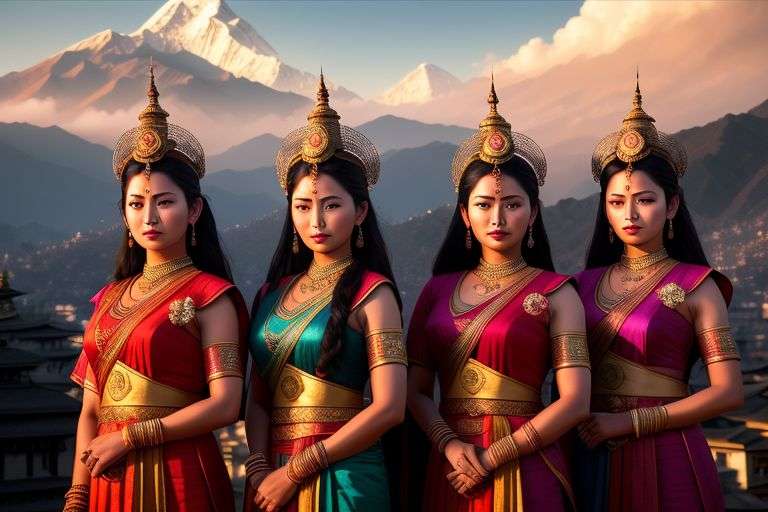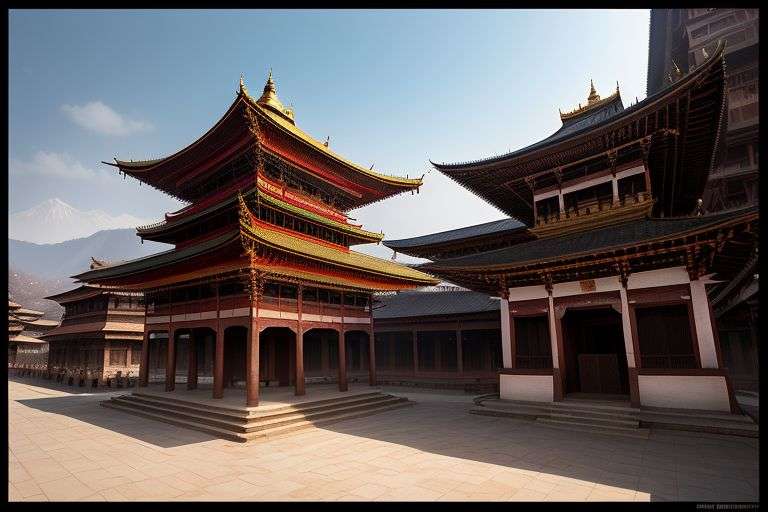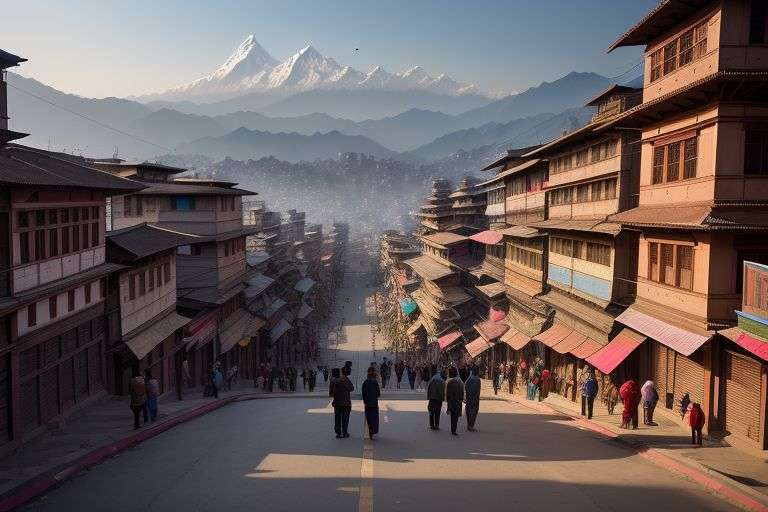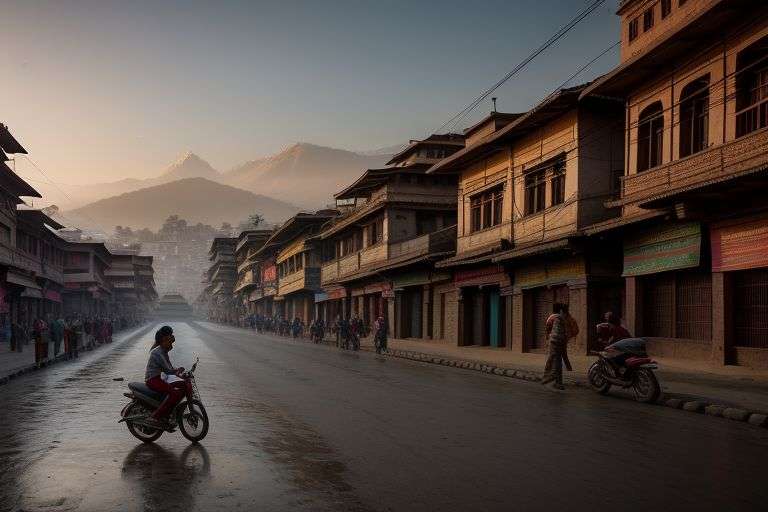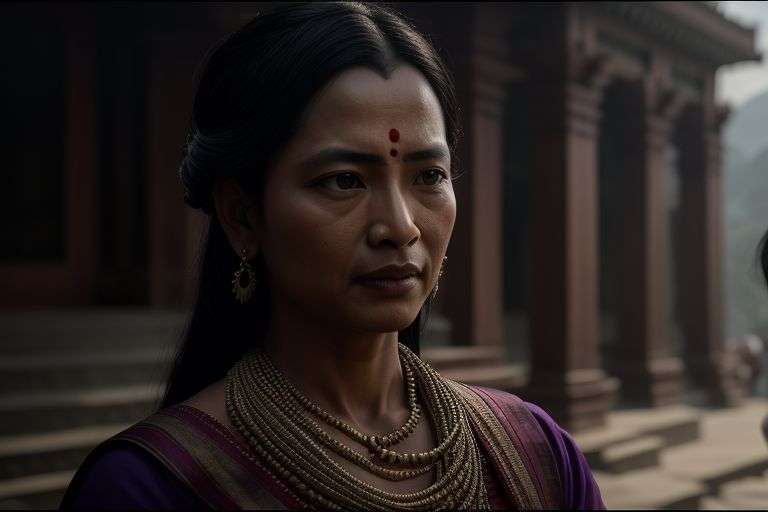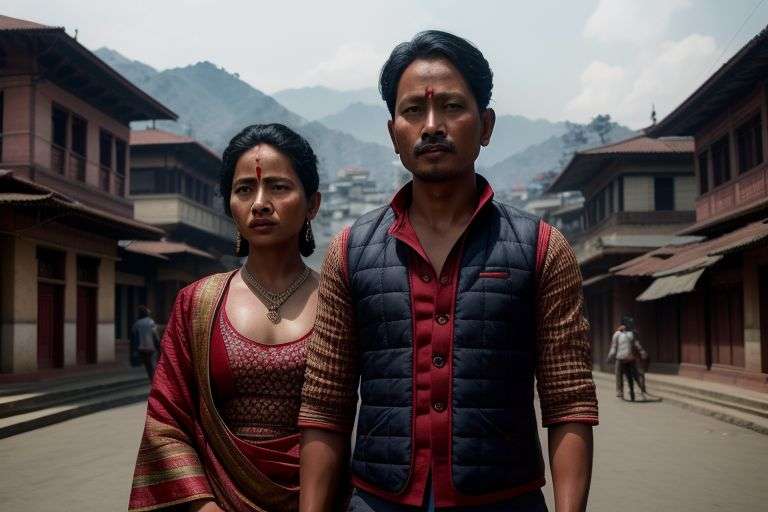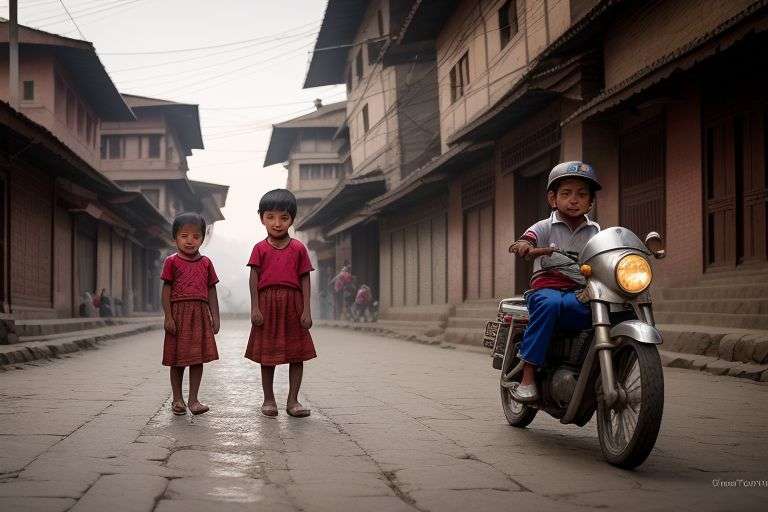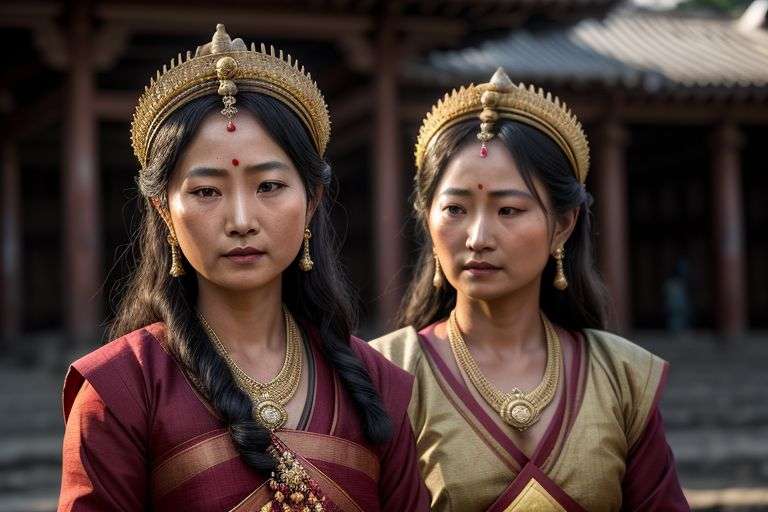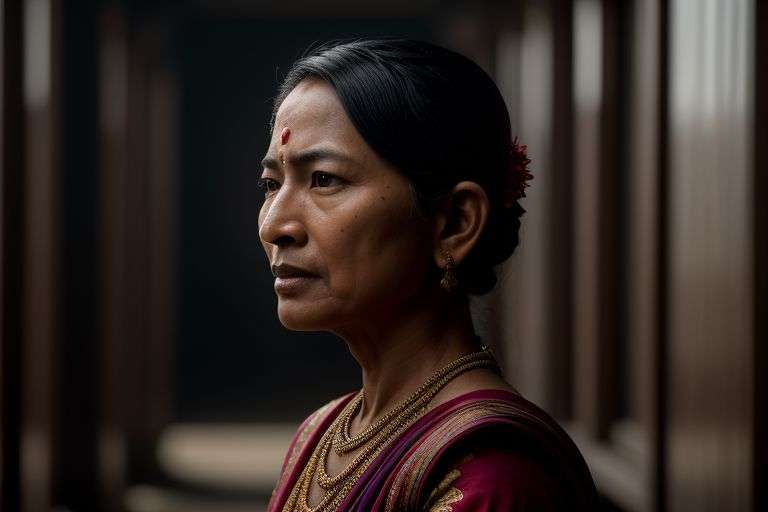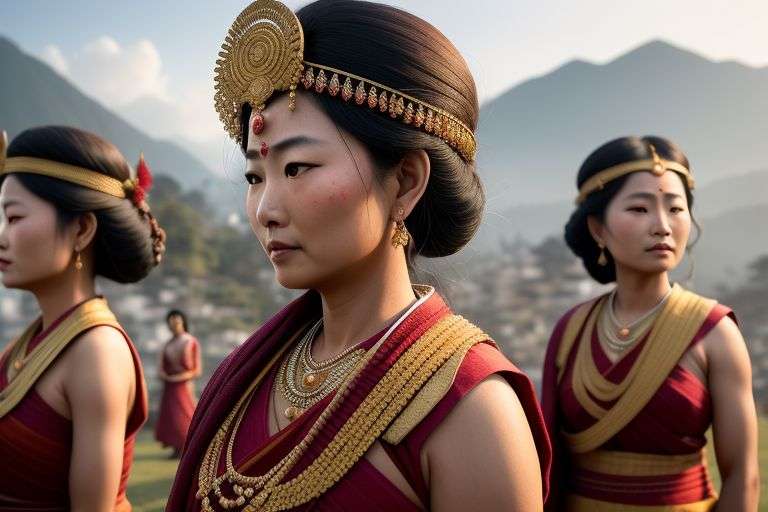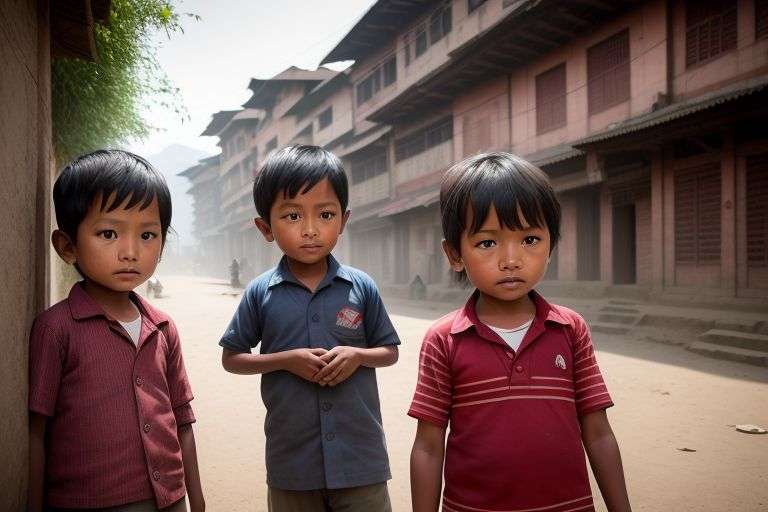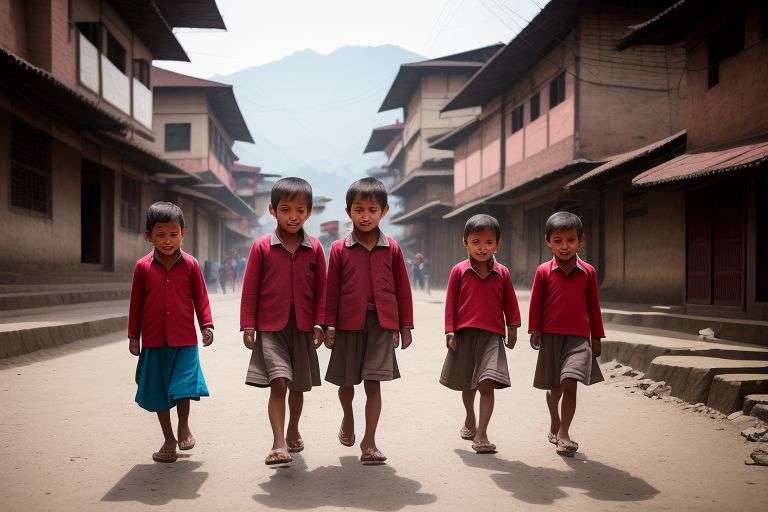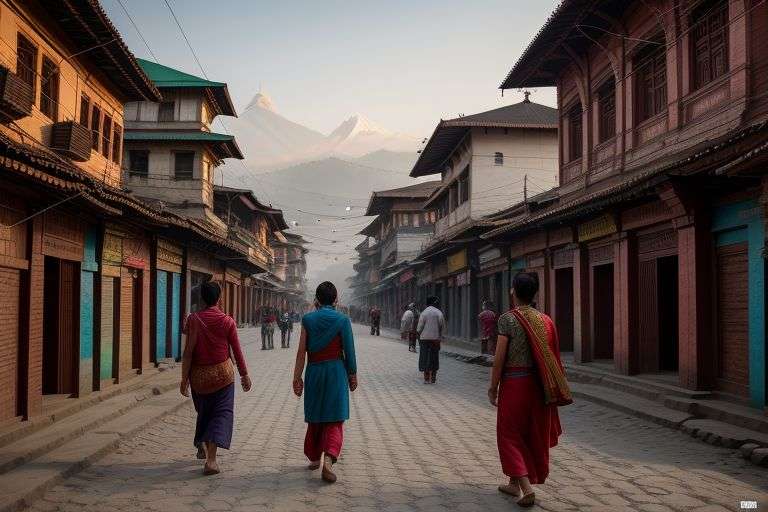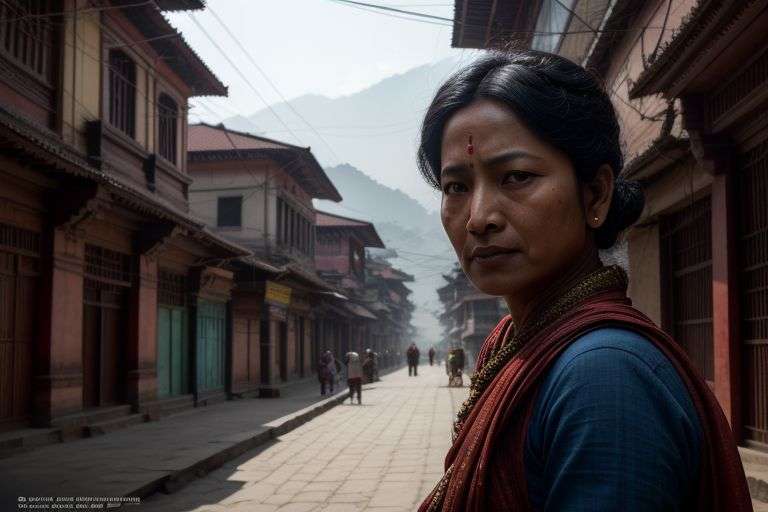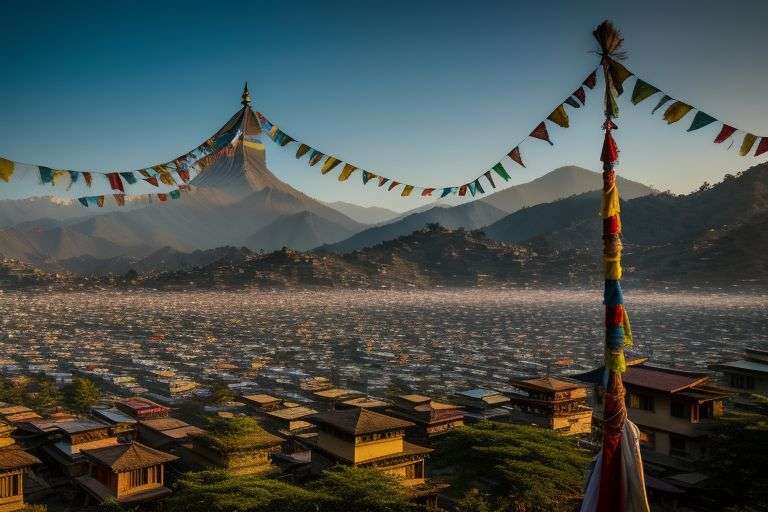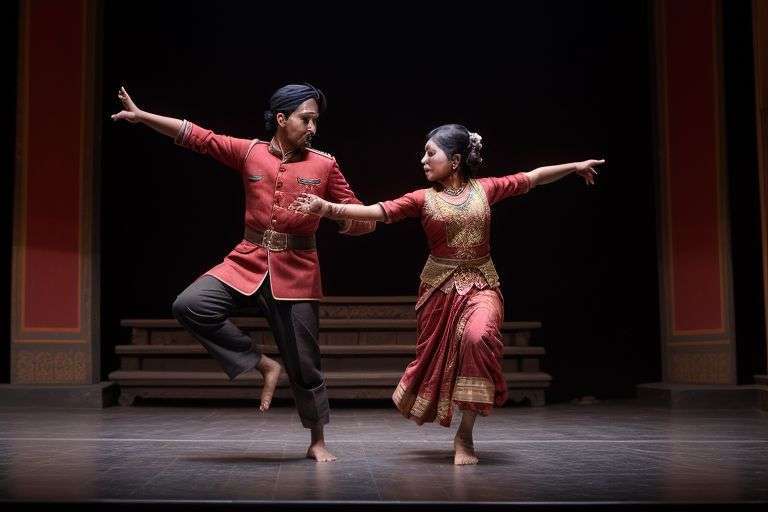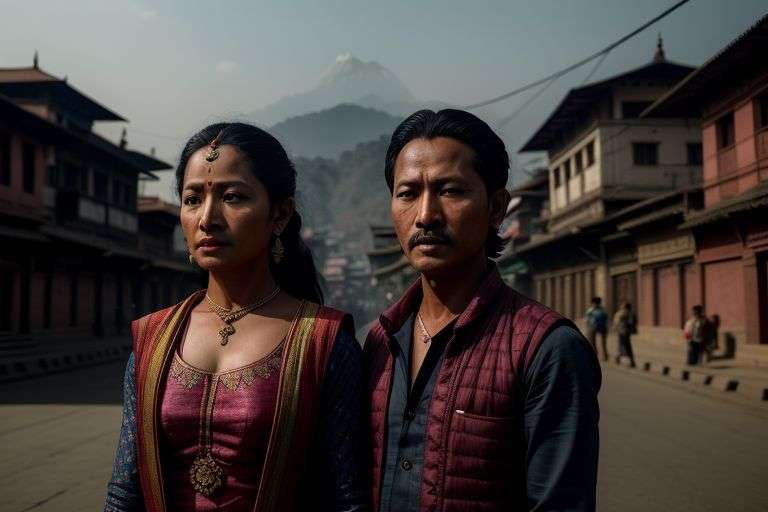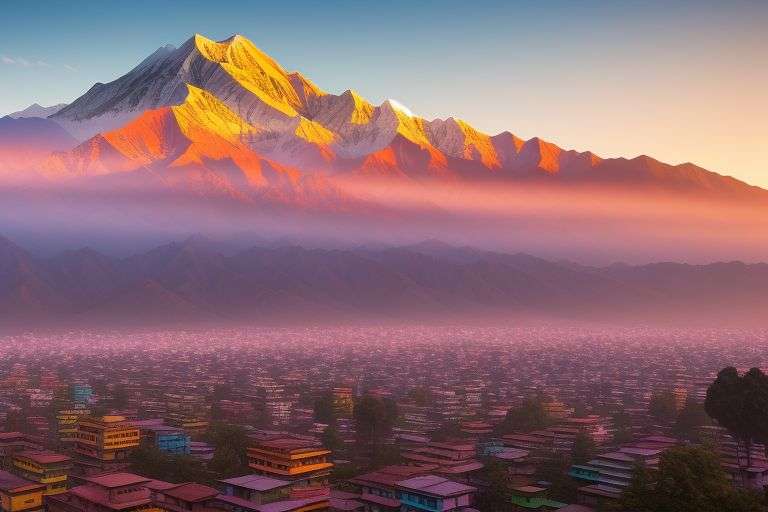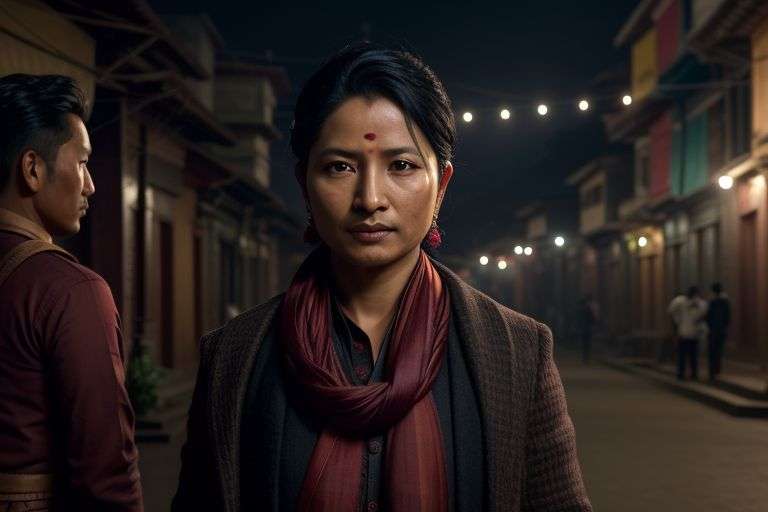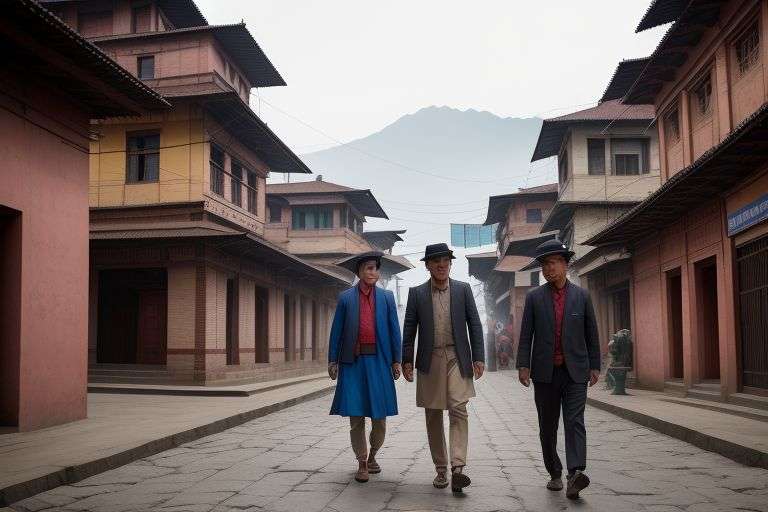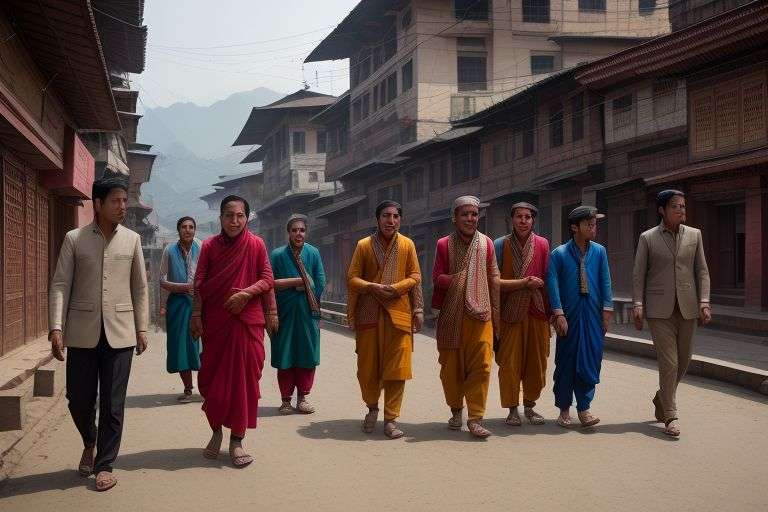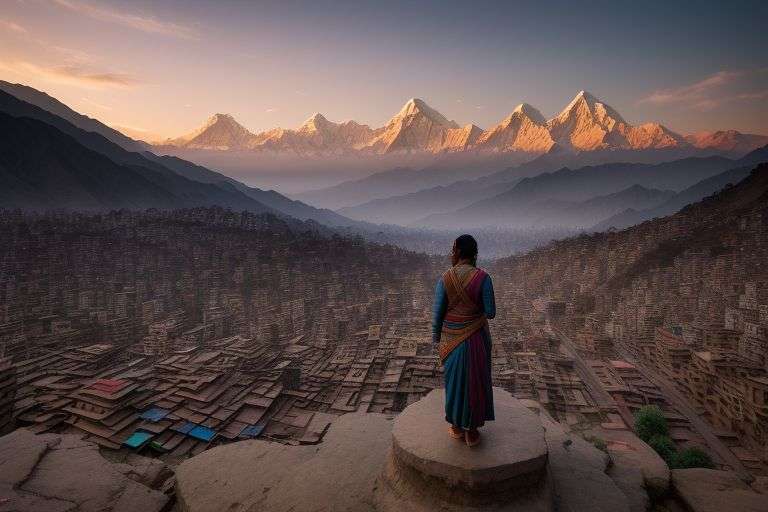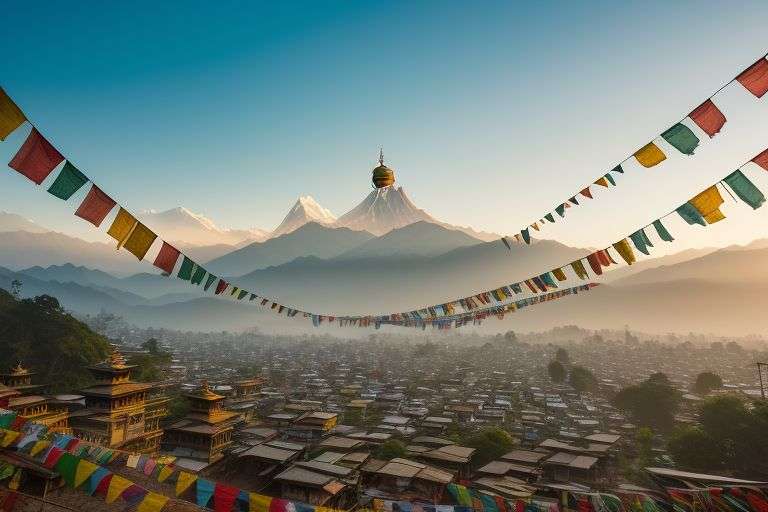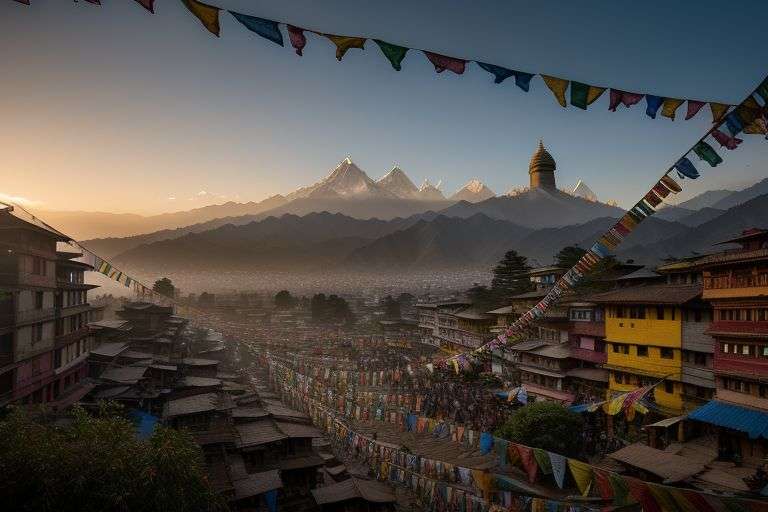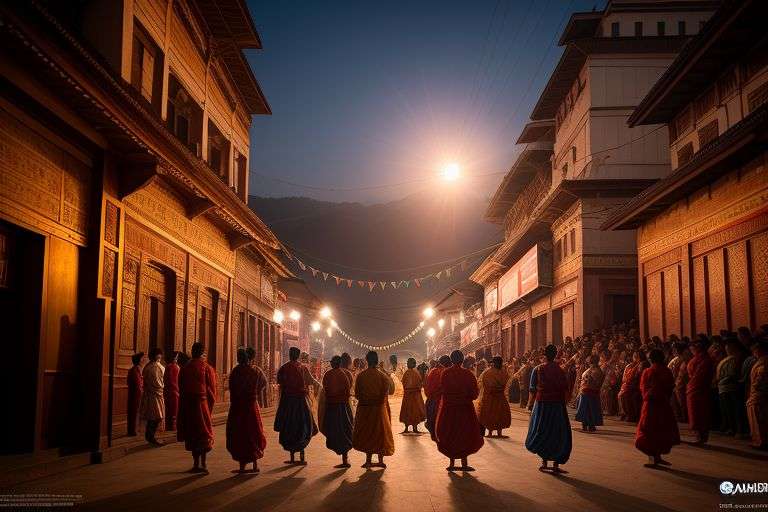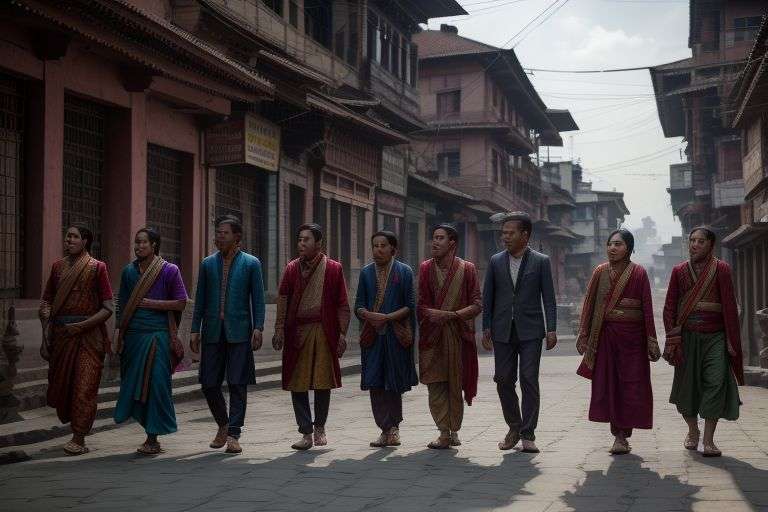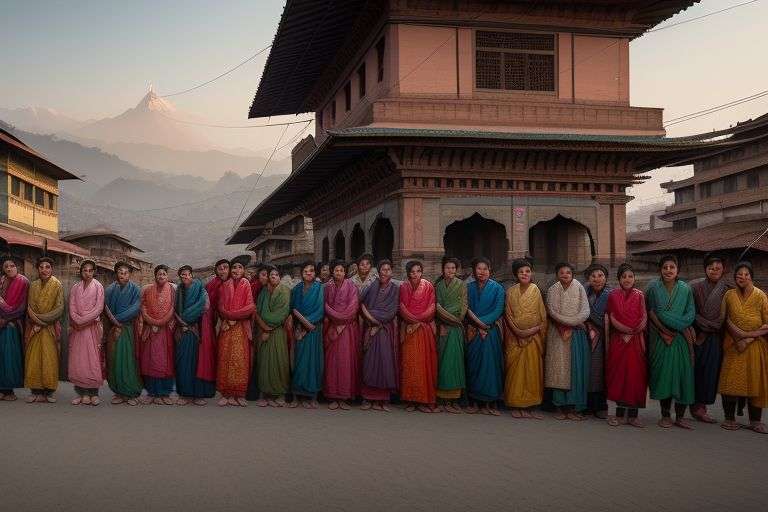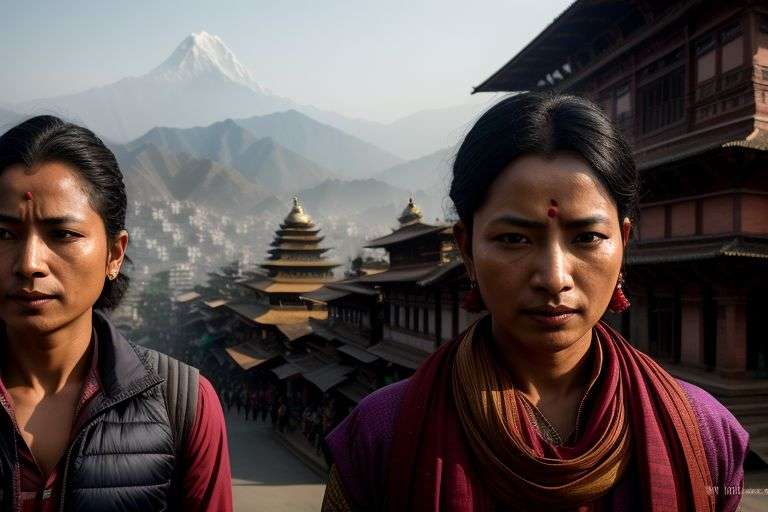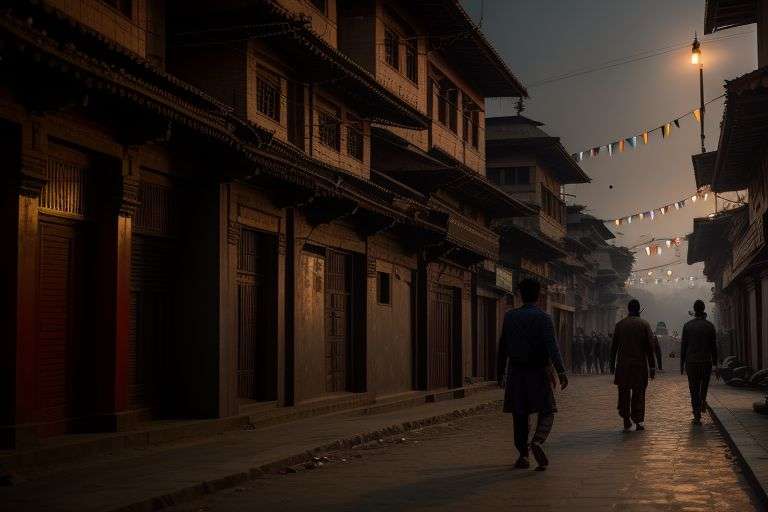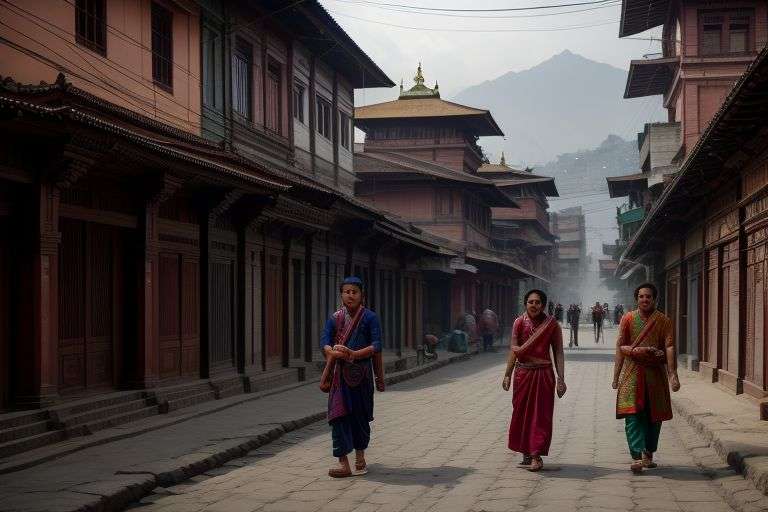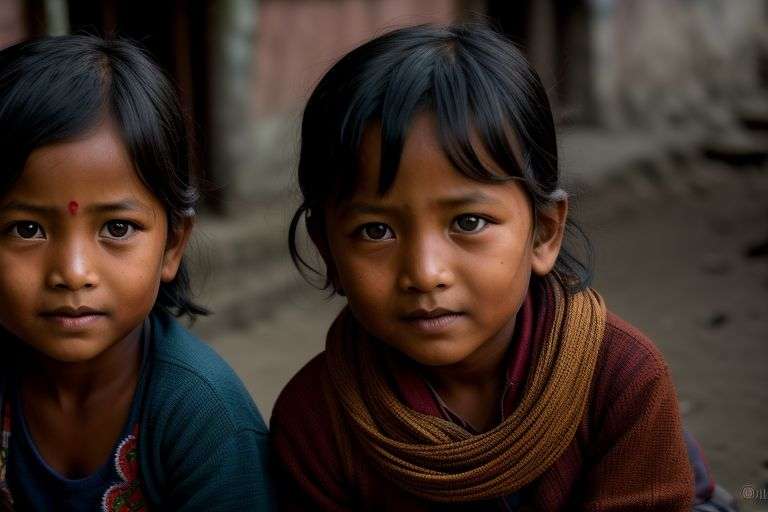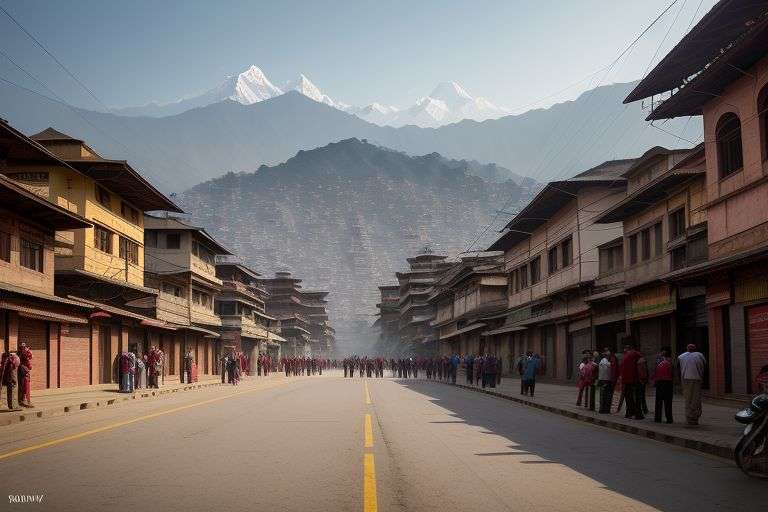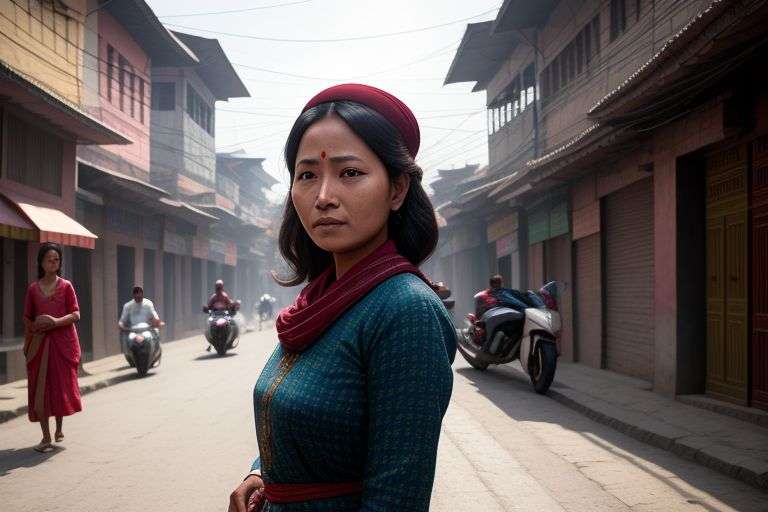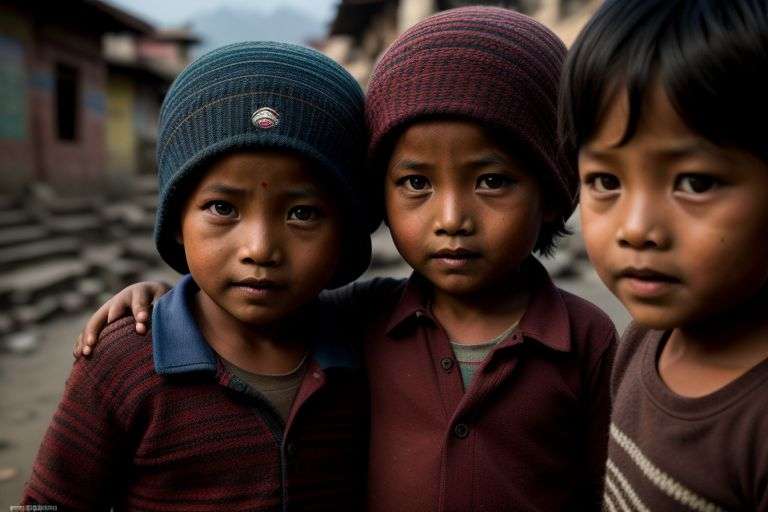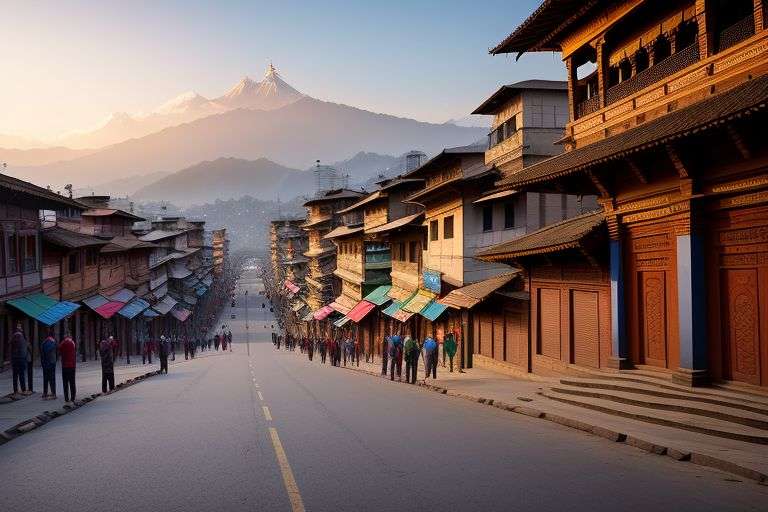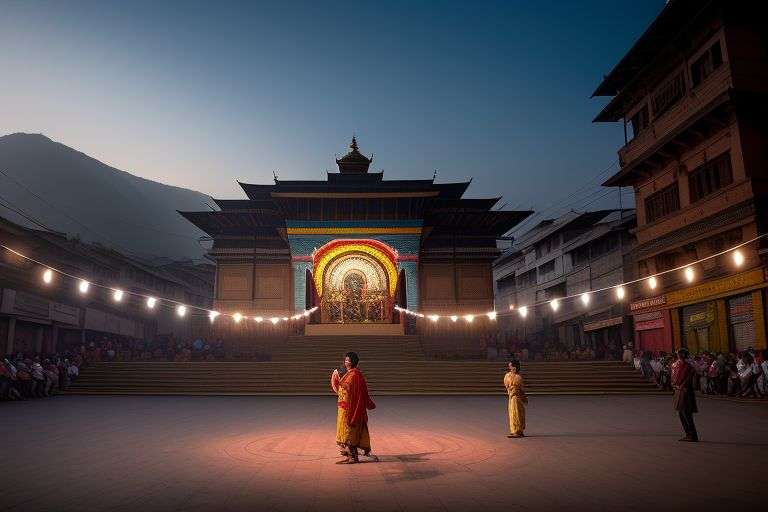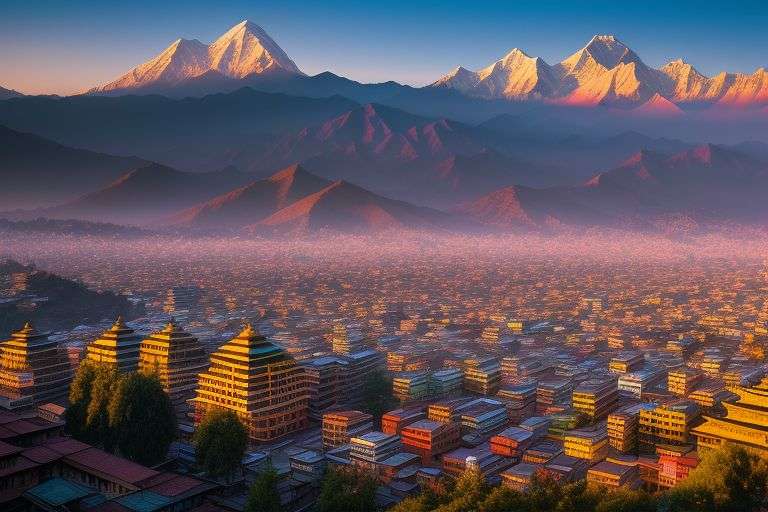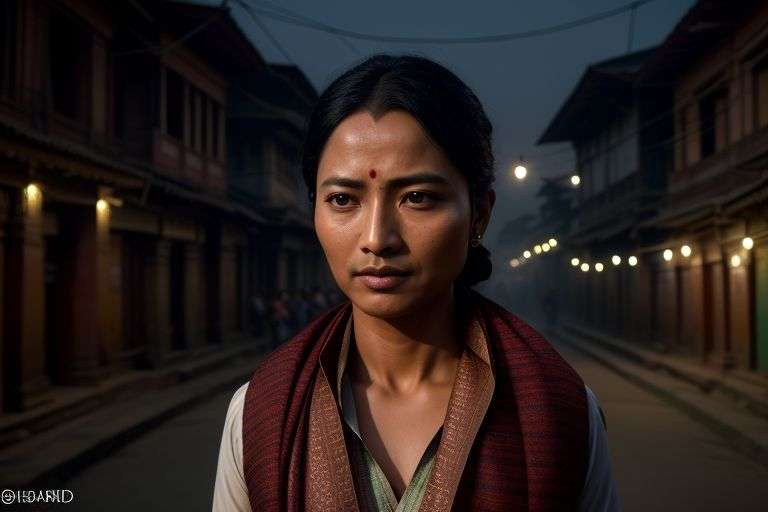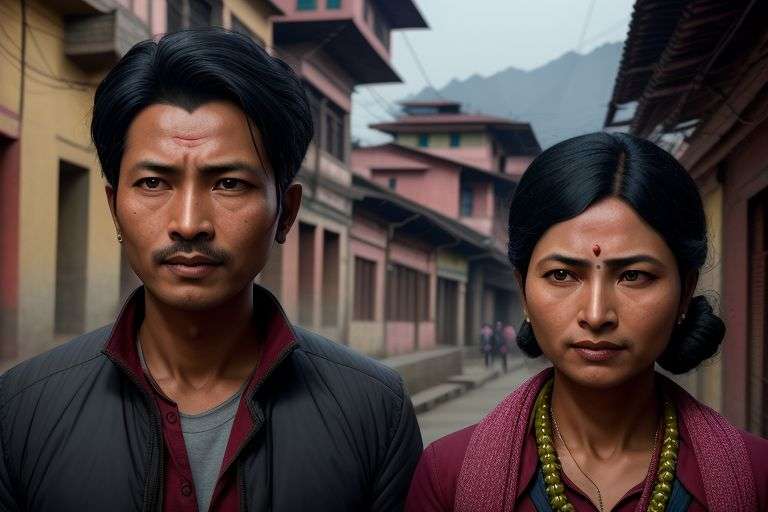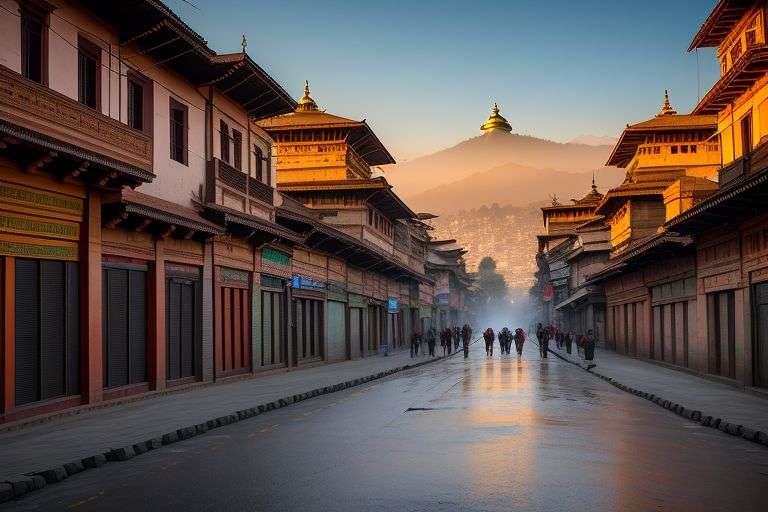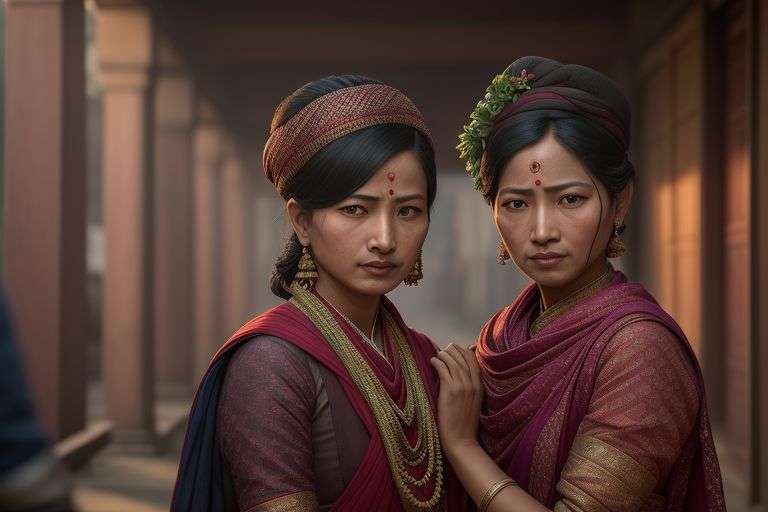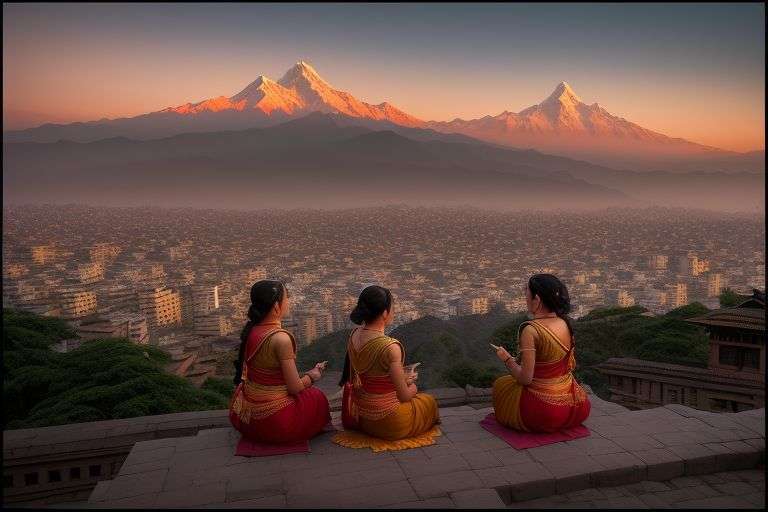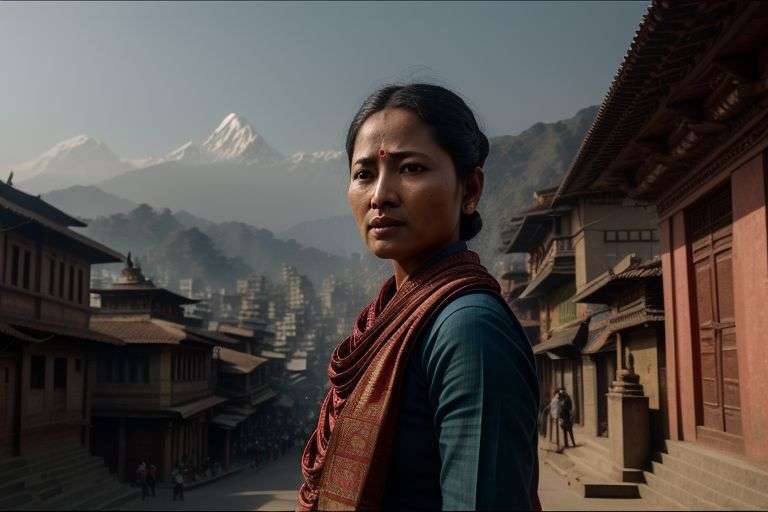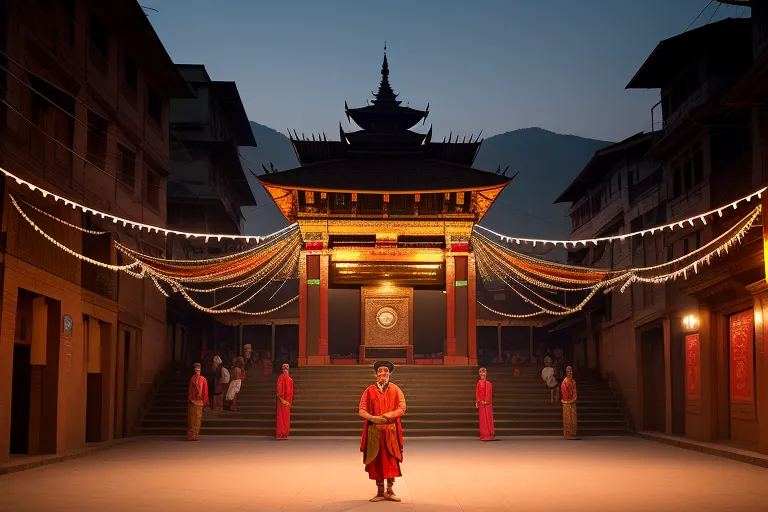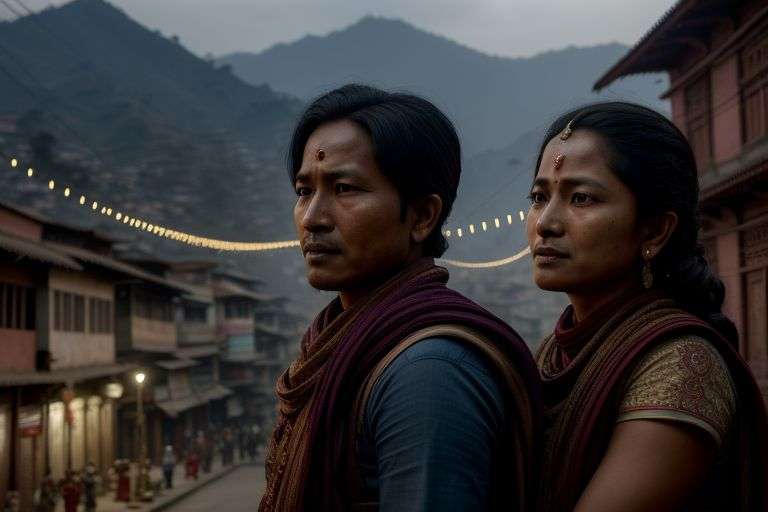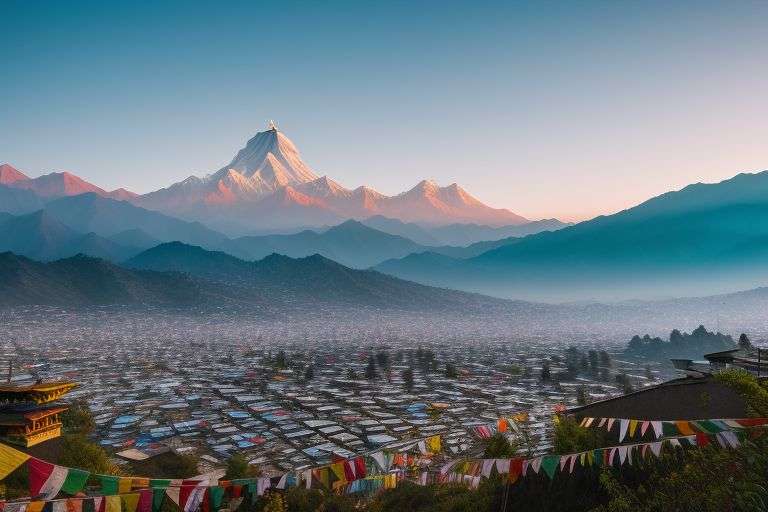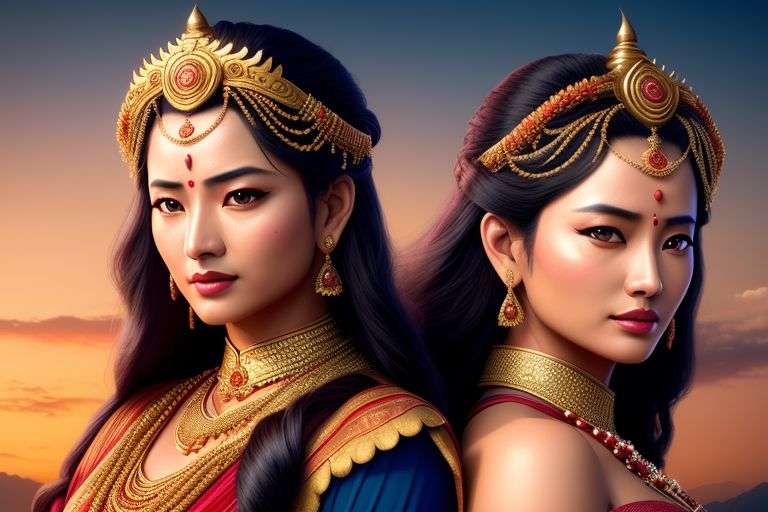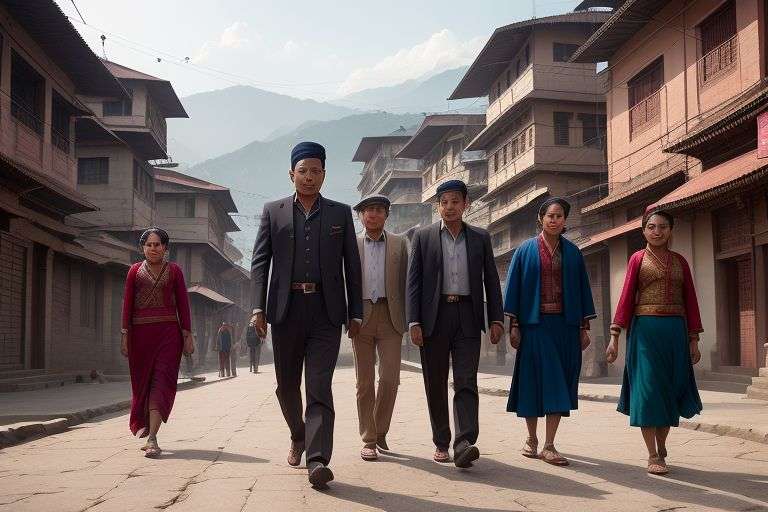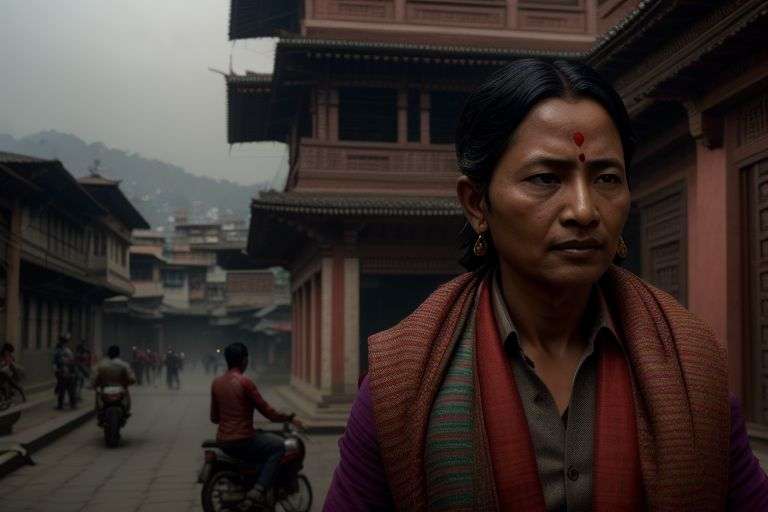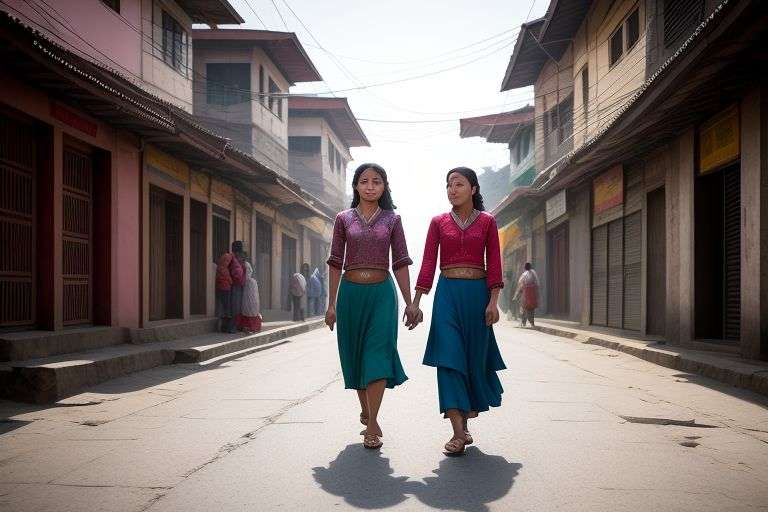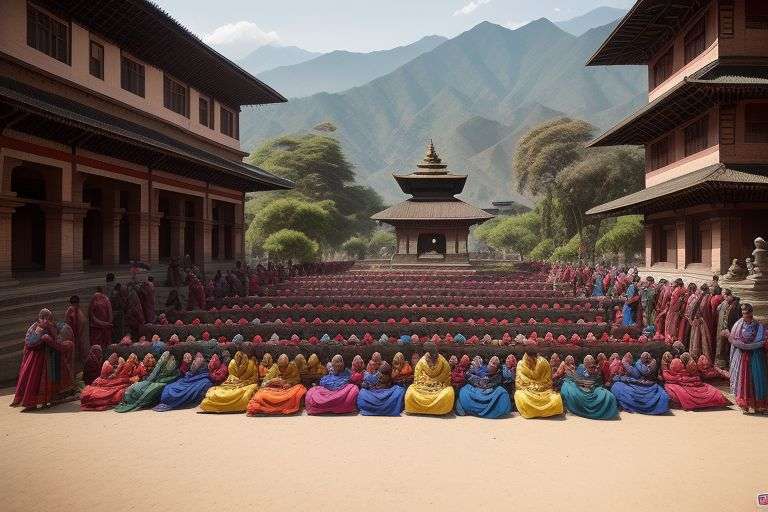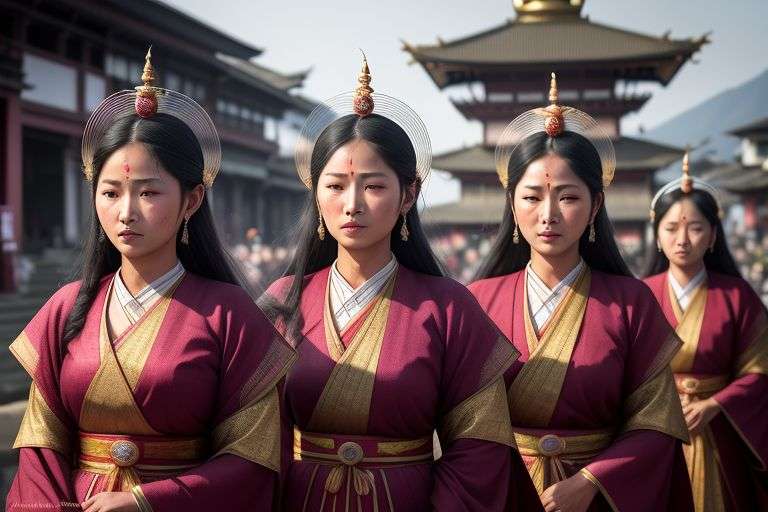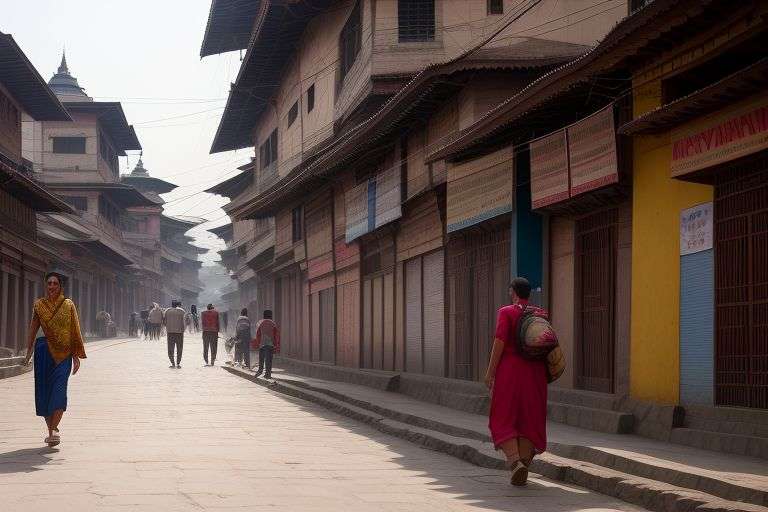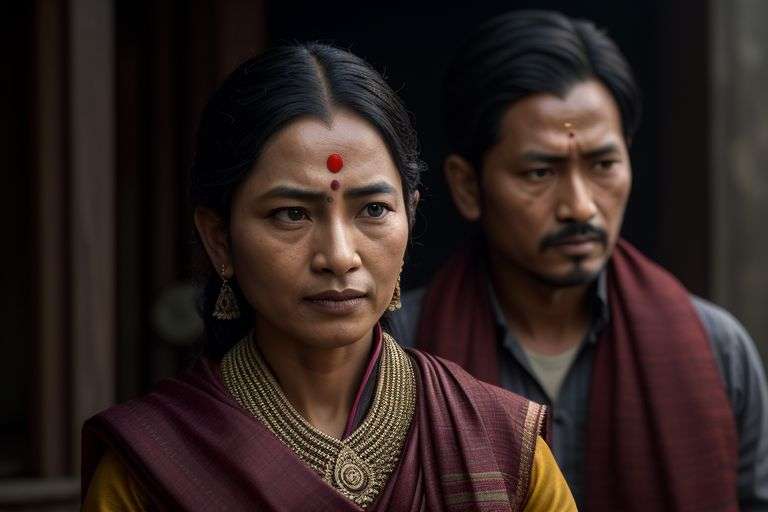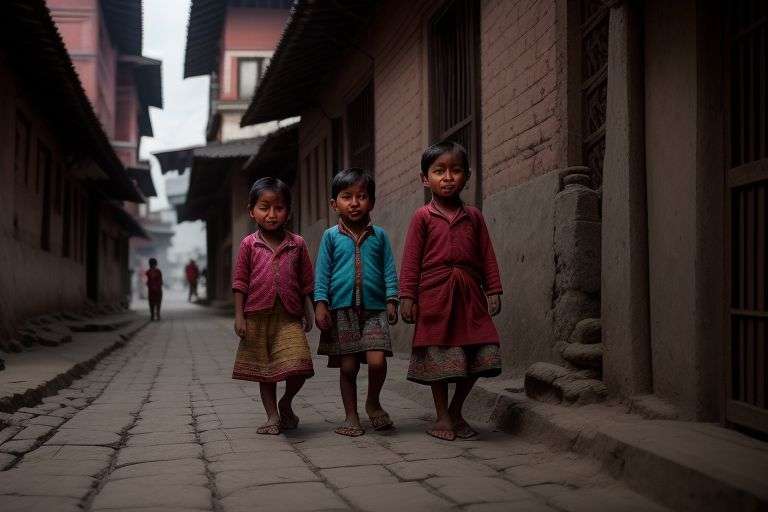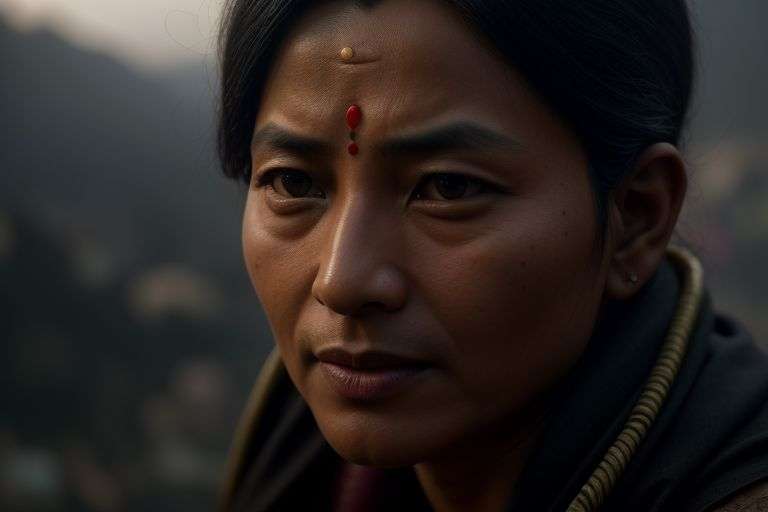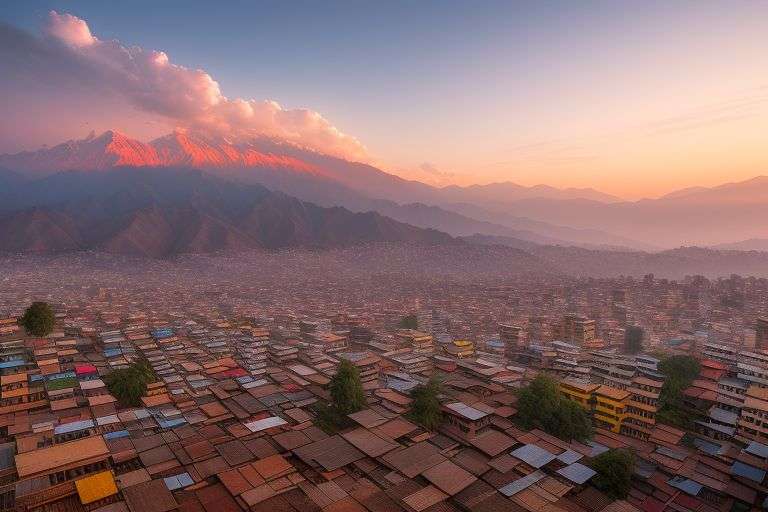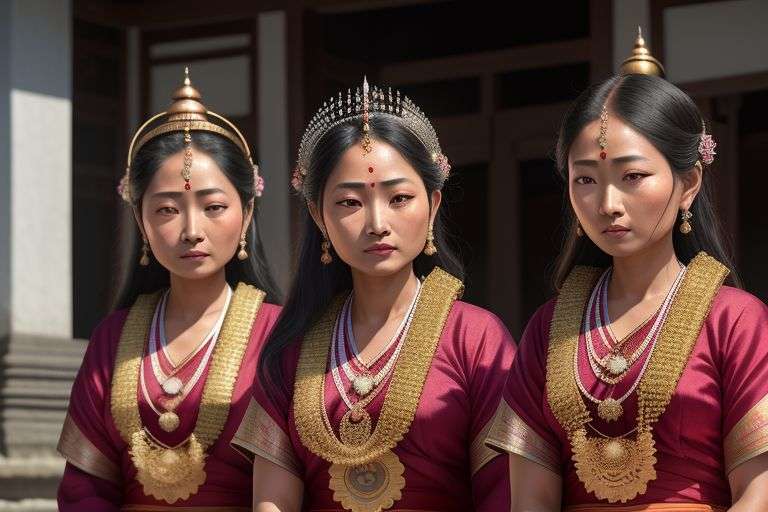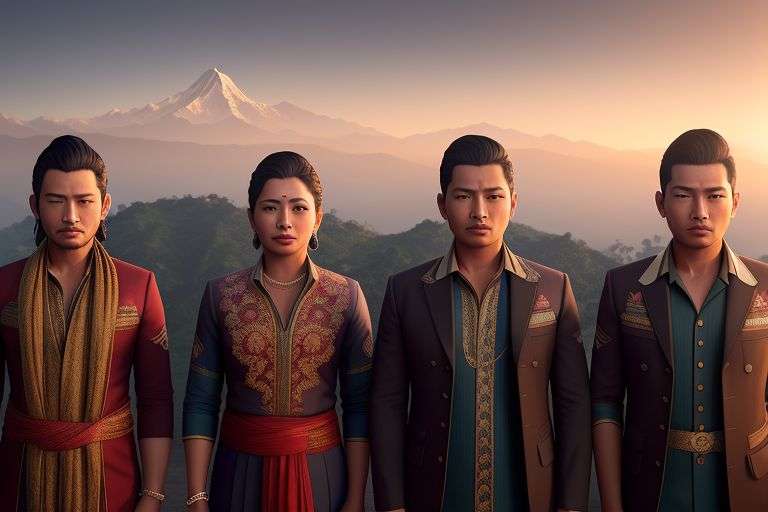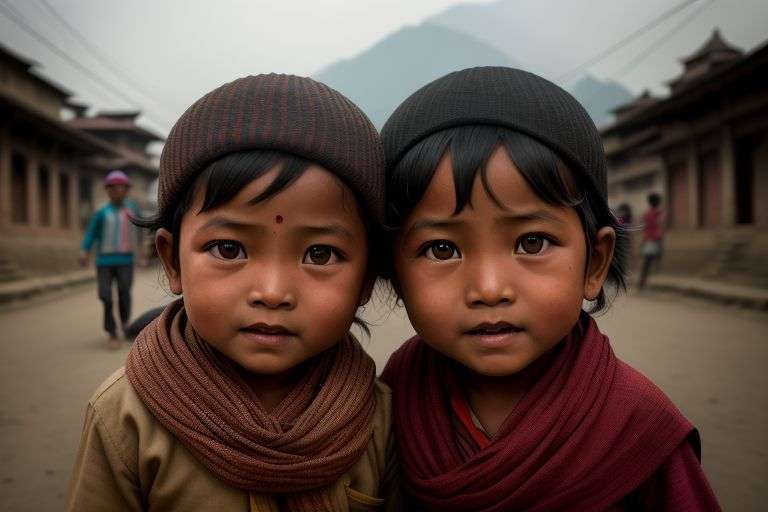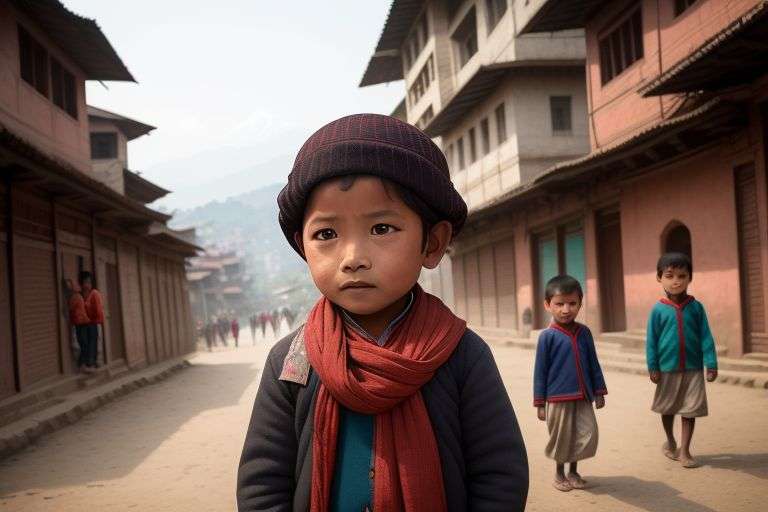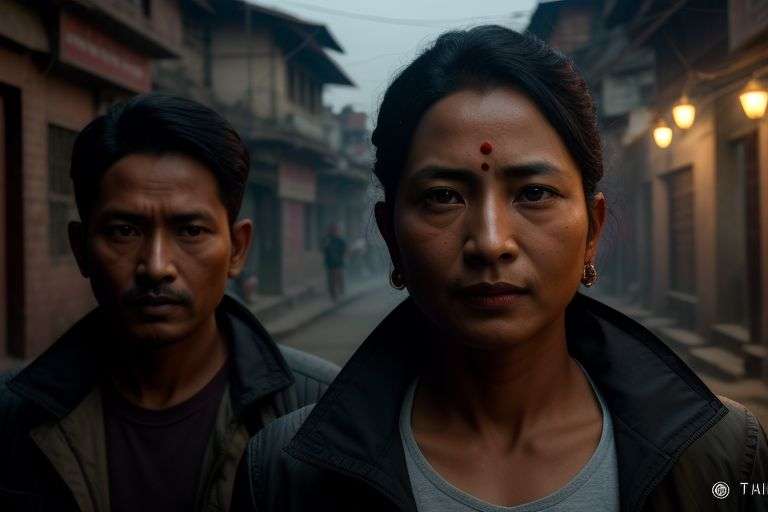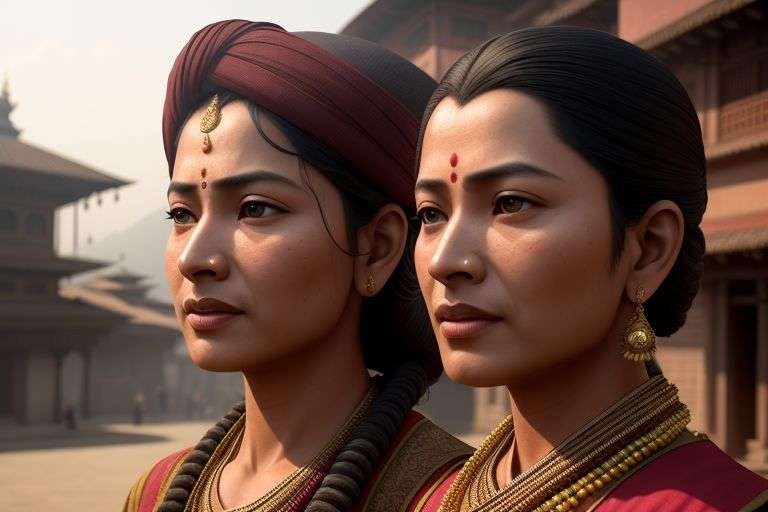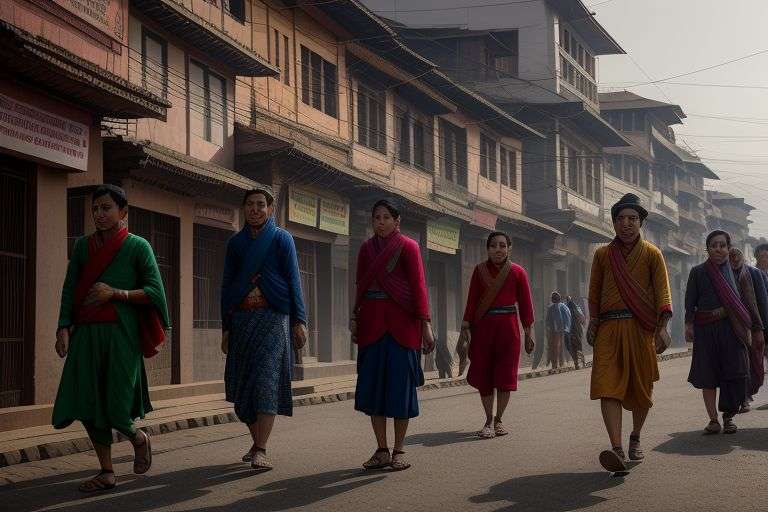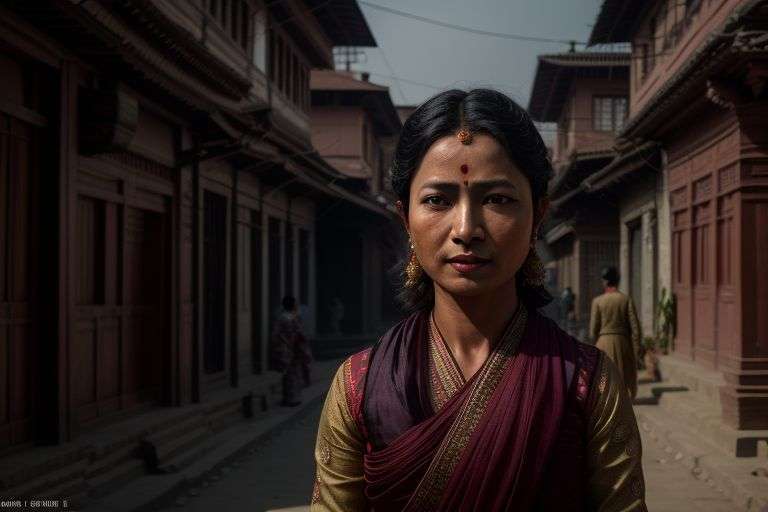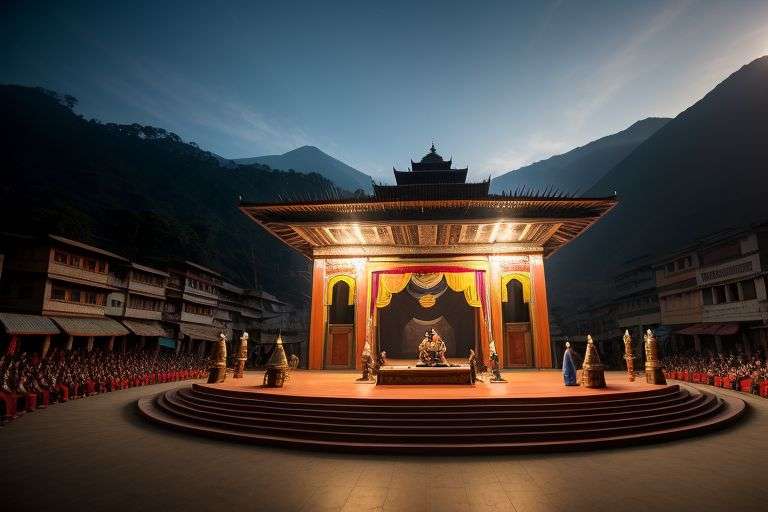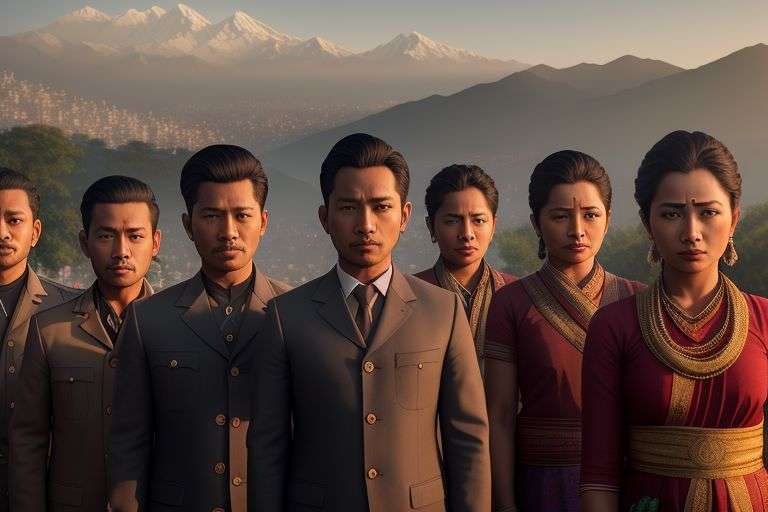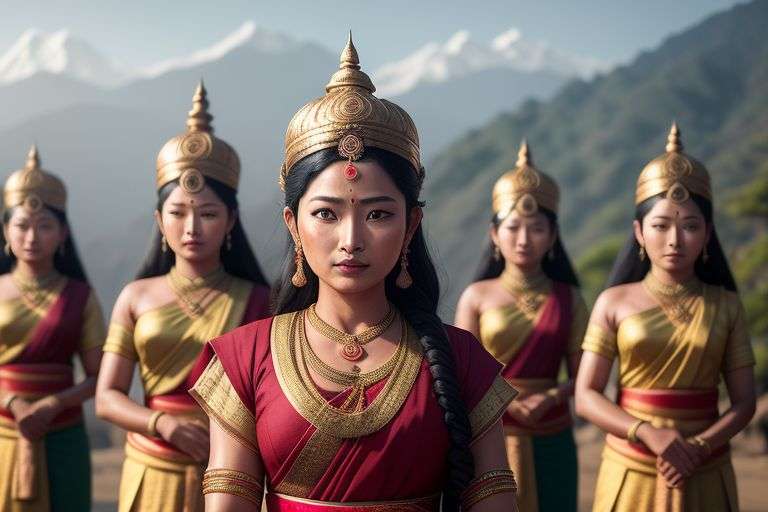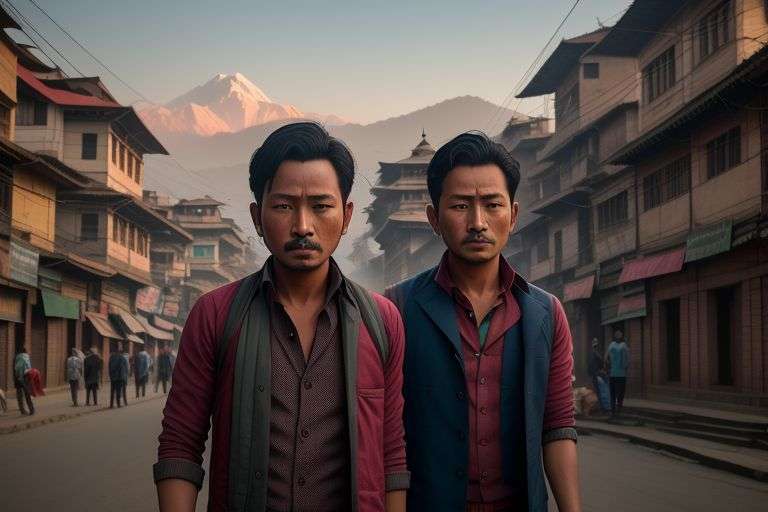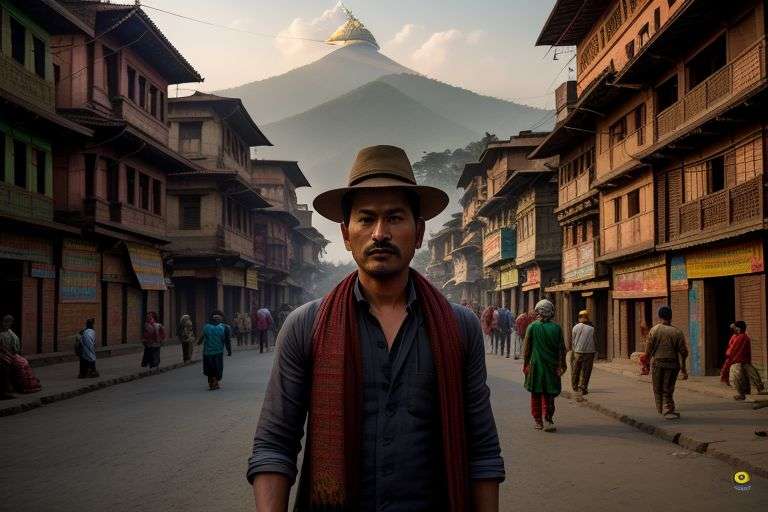Matriarchal spirituality often revolves around female or feminine deities, celebrates human sexuality, and embraces sensual pleasure as a means to overcome inner defilement. Tantra, within this context, celebrates women’s sexuality and places women in affirmative roles, emphasizing mutual enjoyment rather than subservience.
https://www.youtube.com/@BlueFlowerNepal
As the vibrant city of Kathmandu bustles with energy and life, it holds within its ancient streets a tapestry of stories often overshadowed by grand monuments and bustling markets. But what if we told you there’s a way to explore this enigmatic city not just as a tourist, but through the eyes of its resilient matriarchs? The recently screened documentary ‘Ajima and 6 Gender Identities’ does just that. Directed by the visionary Sunil Babu Panta, this powerful film was showcased at Martin Chautari, shedding light on the ancient yet astonishingly contemporary themes of gender diversity and matriarchy in Kathmandu.
The Ajima goddesses, an integral yet often overlooked aspect of Kathmandu’s rich cultural heritage, serve as the heartbeat of this documentary. These revered grandmother figures symbolize wisdom, bravery, and nurturing—a stark contrast to the patriarchal norms that have long dominated societal narratives. By walking ‘Kathmandu through a matriarchal lens,’ Panta’s film intricately weaves tales of these divine protectors with the multifaceted identities of modern-day gender issues. It’s a compelling look at how the old and new collide, offering not only a profound understanding of the city’s past but also challenging us to rethink our views on gender and sexuality today. Whether you’re a scholar, a curious traveler, or someone keen on understanding the deeper layers of cultural dynamics, this documentary is a must-see, urging you to delve deeper into the heart and soul of Kathmandu.
Unveiling the Enigmatic Ajima Goddesses
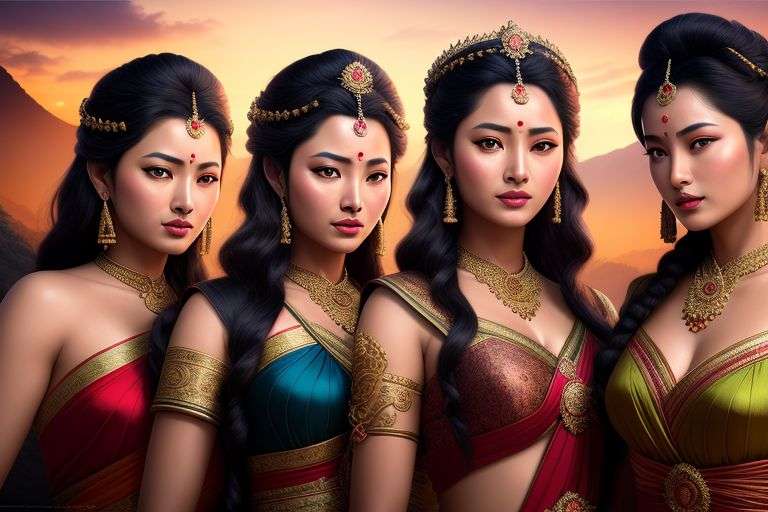
Delve into the depths of Nepalese culture as we unravel the mystique surrounding the revered Ajima Goddesses. These divine figures hold a special place in the hearts of the locals, embodying strength, wisdom, and protection.
Within the vibrant tapestry of Kathmandu through a matriarchal lens, the Ajima Goddesses stand out as symbols of female empowerment and resilience. As we explore ‘Ajima and 6 Gender Identities,’ we witness a celebration of diversity and inclusivity in Nepalese society.
Through rituals, stories, and art, the Ajima Goddesses offer a glimpse into a world where femininity is revered and honored. Their presence transcends mere mythology, shaping beliefs and practices that endure through generations.
Step into Kathmandu through the matriarchal lens and discover the rich tapestry of culture, tradition, and spirituality that defines the enigmatic Ajima Goddesses. Join us on a journey of enlightenment and empowerment as we celebrate the divine feminine in all its glory.
Navigating the Streets of Kathmandu: A Matriarchal Perspective
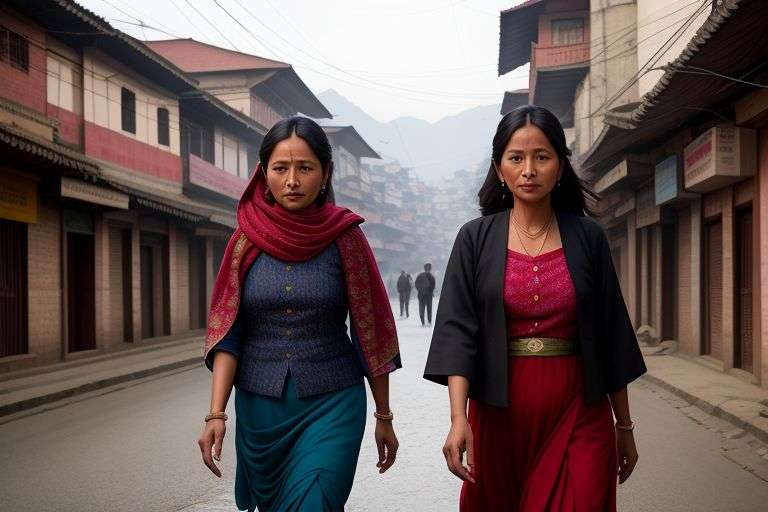
Exploring Kathmandu through a matriarchal lens provides a unique and insightful perspective into the vibrant culture of Nepal. ‘Ajima and 6 Gender Identities’ offer a fascinating glimpse into the rich tapestry of identities that shape the city’s streets. As we navigate the bustling streets of Kathmandu, we are enveloped in a world where women hold key roles in society, showcasing the strength and resilience of matriarchal traditions.
Walking through Kathmandu, one can witness the interplay of tradition and modernity, as seen through the lens of matriarchal influence. The presence of Ajima, representing the wise grandmother figure, and the recognition of six gender identities highlight the inclusivity and diversity that define the city.
By immersing ourselves in this matriarchal perspective, we gain a deeper understanding of Kathmandu’s social fabric and cultural heritage. Each interaction and encounter offer a nuanced glimpse into a society where women’s voices are valued and respected, shaping the narrative of everyday life in the city.
Redefining Gender Identities in a Patriarchal Society
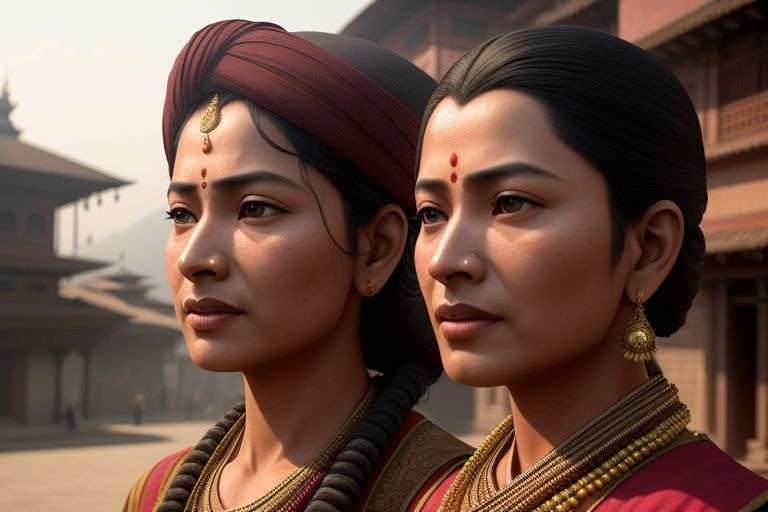
Redefining gender identities in a patriarchal society is a challenging yet crucial task. When we step into Kathmandu through a matriarchal lens, we are presented with ‘Ajima and 6 Gender Identities,’ shedding light on the diverse spectrum of gender expressions. In a society deeply rooted in patriarchal norms, exploring matriarchal perspectives becomes a revolutionary act.
Kathmandu through a matriarchal lens offers a unique vantage point to challenge traditional gender roles and norms. ‘Ajima and 6 Gender Identities’ not only celebrates the fluidity of gender but also questions the rigidity imposed by a patriarchal society. By embracing diverse gender identities, Kathmandu sets an example for societal acceptance and inclusivity.
In a world where patriarchy often dictates gender norms, Kathmandu’s matriarchal lens serves as a beacon of hope for those seeking to redefine identities. By acknowledging and validating various gender expressions, we take a step towards a more inclusive and equitable society.
The Resilience of Kathmandu’s Matriarchs
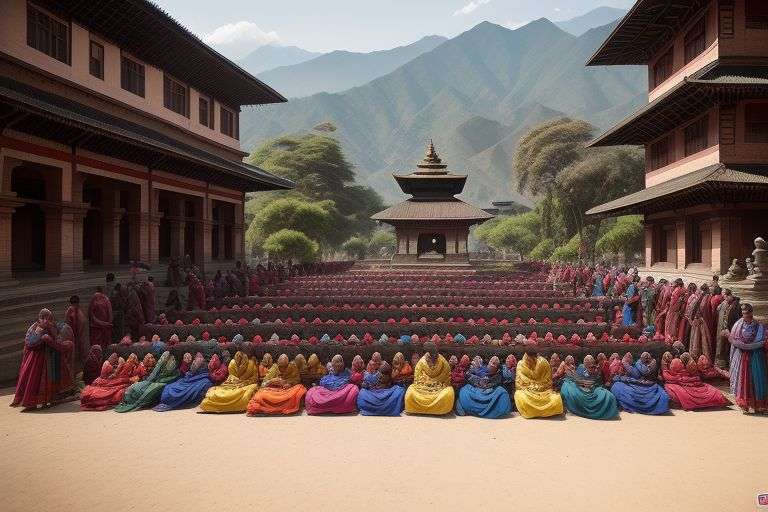
Kathmandu’s matriarchs embody remarkable resilience in the face of adversity. These strong women, known as ‘Ajima’, play a pivotal role in shaping the cultural fabric of the city. Through their stories, we gain insight into the rich tapestry of Kathmandu’s matriarchal society.
In a society where gender identities play a significant role, the matriarchs stand out as pillars of strength and wisdom. They navigate the complexities of life in Kathmandu through a unique lens that celebrates femininity and power. Despite facing numerous challenges, these women continue to inspire future generations with their grace and determination.
Exploring Kathmandu through a matriarchal lens offers a fresh perspective on the city’s vibrant heritage and traditions. By delving into the lives of the ‘Ajima’ and the six gender identities they represent, we uncover a world of resilience, sisterhood, and resilience that defines Kathmandu’s cultural landscape.
Challenging Societal Norms Through Visual Storytelling
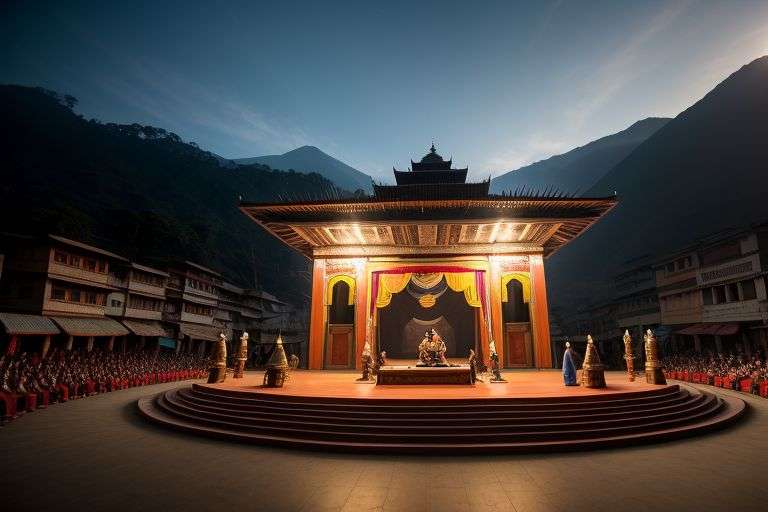
Explore the vibrant narratives of Kathmandu through a matriarchal lens with the groundbreaking visual storytelling project ‘Ajima and 6 Gender Identities.’ This innovative project challenges societal norms by shedding light on the diverse gender identities thriving in the heart of Kathmandu. Through powerful imagery and compelling narratives, ‘Ajima’ invites viewers to step into a world where traditional gender roles are redefined, and inclusivity is celebrated.
The project captures the essence of Kathmandu’s rich cultural tapestry, highlighting the resilience and strength of individuals who exist beyond the confines of binary gender norms. By amplifying the voices of marginalized communities, ‘Ajima’ paves the way for a more inclusive and accepting society.
Through the lens of matriarchy, ‘Ajima’ offers a fresh perspective on gender dynamics, urging viewers to question preconceived notions and embrace diversity. By challenging stereotypes and amplifying underrepresented voices, this project serves as a powerful tool for social change and cultural transformation. Step into Kathmandu through this unique visual narrative and witness the beauty of diversity in all its forms.
Exploring the Intersections of Tradition and Modernity

In Kathmandu, tradition and modernity converge in a unique way, offering a glimpse into a society where the past and present coexist harmoniously. ‘Ajima and 6 Gender Identities’ takes us on a fascinating journey through the lens of matriarchy, shedding light on the intricate intersections of tradition and modernity in Nepalese culture.
Through the exploration of Kathmandu through a matriarchal lens, we are invited to delve into a world where gender identities are fluid, where the roles of women are revered, and where traditions are passed down through generations with deep respect and reverence.
As we step into this rich tapestry of culture and heritage, we are confronted with the beauty of diversity and the complexity of societal norms. The blog post title itself hints at the deep-rooted connection between tradition and modernity, offering a fresh perspective on a society that continues to evolve while holding onto its cultural heritage.
Empowering Voices: Lessons from Ajima Goddesses

Experience the unique perspective of Kathmandu through a matriarchal lens by delving into the extraordinary world of the Ajima Goddesses. These powerful female deities serve as symbols of strength, wisdom, and resilience in Nepalese culture. By exploring their stories, we uncover valuable lessons on empowerment and gender equality.
The Ajima Goddesses embody the essence of feminine power and leadership, challenging traditional gender norms and inspiring individuals to embrace their true selves. Through their stories, we learn about the importance of valuing diversity and honoring the contributions of women in society.
Step into Kathmandu’s vibrant cultural landscape and discover the rich tapestry of identities that shape the city’s heritage. By highlighting the stories of the Ajima Goddesses and their impact on gender identities, we gain a deeper understanding of the complexities of Nepalese society.
Join us on a journey of self-discovery and empowerment as we explore the transformative teachings of the Ajima Goddesses and their enduring legacy in Kathmandu.
Impact Beyond Borders: Global Relevance of ‘Ajima and Gender Identities’

Exploring the global relevance of ‘Ajima and gender identities’ sheds light on the cultural diversity and societal norms prevalent beyond borders. When delving into Kathmandu through a matriarchal lens, one uncovers a rich tapestry of traditions and beliefs that shape gender roles and relationships. The concept of ‘Ajima’ embodies more than a mere word; it symbolizes the embodiment of maternal wisdom and strength.
In a world where gender identities are evolving, understanding the six gender identities recognized in Nepali culture offers a unique perspective on inclusivity and acceptance. Each identity, from “Purush” to “Meti,” contributes to the intricate fabric of society, challenging conventional norms and fostering dialogue on gender diversity.
By immersing ourselves in the narratives of ‘Ajima and gender identities,’ we transcend geographical boundaries to embrace universal themes of empowerment, identity, and resilience. This transcultural exploration not only enriches our understanding of gender dynamics but also invites us to celebrate the beauty of diversity in all its forms.
Embracing Diversity: A Call to Action for Gender Equality

Explore Kathmandu’s unique cultural landscape through the lens of matriarchy, shedding light on its six distinct gender identities. In a society where gender equality is a pressing issue, understanding and embracing this diversity is crucial. The ‘Ajima and 6 Gender Identities’ project offers a compelling narrative that challenges traditional gender norms, inviting readers to step into Kathmandu’s rich tapestry of identities.
By delving into the intricacies of matriarchy, we confront outdated notions of gender roles and empower individuals to express their true selves. Kathmandu, viewed through this progressive lens, serves as a beacon of hope for gender equality movements worldwide. Each gender identity represented in this project adds a unique layer to the city’s vibrant culture, emphasizing the importance of inclusivity and acceptance.
As we navigate towards a more inclusive society, embracing diversity becomes a powerful call to action for gender equality. Through initiatives like ‘Ajima and 6 Gender Identities,’ we pave the way for a future where every individual is celebrated for who they are. Step into Kathmandu’s diverse landscape, where matriarchy reigns and gender identities flourish.
Embracing the Spirit of Ajima and Kathmandu
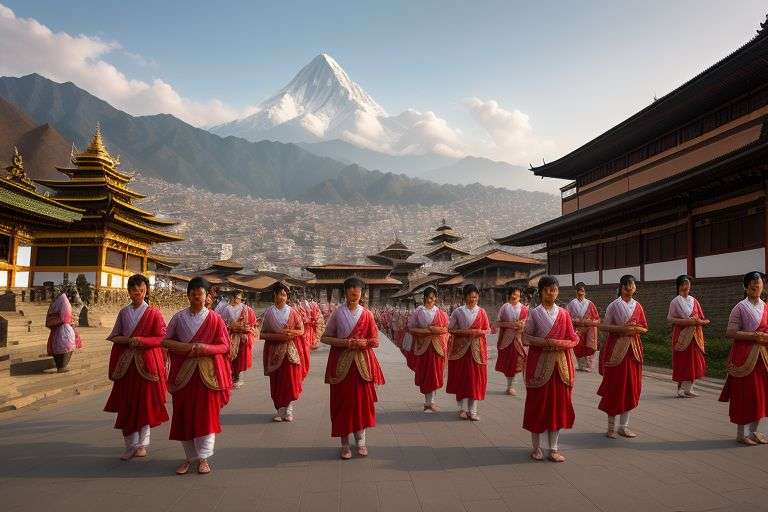
Embracing the spirit of Ajima and Kathmandu allows us to delve deeper into the rich cultural tapestry of the city through a matriarchal lens. Ajima, a term of endearment for grandmothers in Nepal, embodies wisdom, strength, and nurturing qualities that have shaped the community for generations. By honoring Ajima, we honor the essence of matriarchy that runs through Kathmandu’s veins.
Within Kathmandu, there exist six distinctive gender identities, each contributing uniquely to the social fabric. By understanding and respecting these gender identities, we gain a holistic view of the city’s inclusive culture. Through celebrating diversity and inclusivity, we can truly step into Kathmandu through a matriarchal lens.
The blog post “Step into Kathmandu through Matriarchal Lens with ‘Ajima and 6 Gender Identities'” promises a captivating exploration of these themes. By immersing ourselves in the stories and experiences of Ajima and the diverse gender identities of Kathmandu, we open ourselves to a transformative journey of cultural understanding and appreciation.
Learn More: The Ajima, matriarchal goddesses of Kathmandu
The Ajima are powerful matriarchal goddesses worshipped in the Kathmandu Valley of Nepal. They are believed to be protectors of the local community, bringing blessings and prosperity to those who honor them. The Ajima are revered for their fierce protection of the people, especially women and children, and are said to have the ability to ward off evil spirits and bring good fortune to those who seek their guidance.
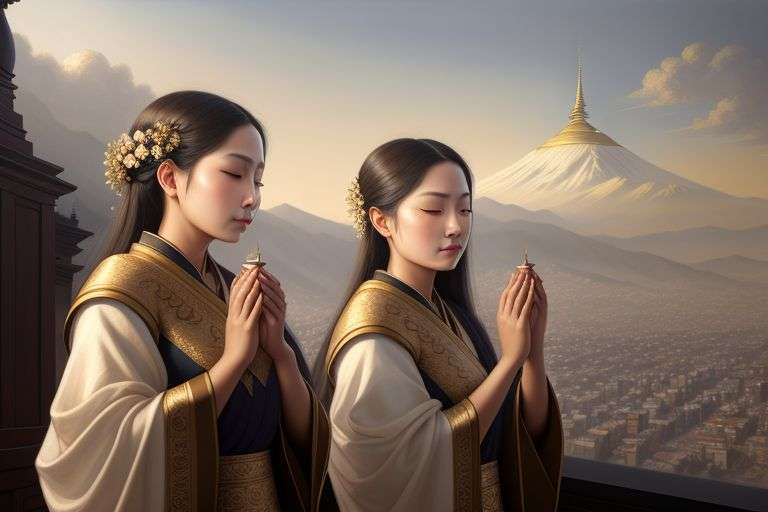
One of the most prominent Ajima goddesses is Ajima Bhairavi, who is often depicted as a fierce warrior with multiple arms and a fearsome expression. She is known for her strength and protection, and is worshipped by those seeking courage and perseverance in the face of challenges. Ajima Bhairavi is believed to have the power to bring success and prosperity to her devotees, and is often invoked during times of great need.

Another important Ajima goddess is Ajima Mahakali, who is worshipped for her fierce protection and ability to bring justice to those who have been wronged. Ajima Mahakali is often depicted with a sword and a severed head, symbolizing her ability to cut through obstacles and bring about swift justice. Devotees of Ajima Mahakali believe that she has the power to vanquish enemies and bring peace and harmony to the community.

The Ajima goddesses are also associated with fertility and abundance, and are often worshipped by women seeking to conceive or bring about a bountiful harvest. Ajima Saraswati, for example, is believed to bring wisdom and knowledge to her devotees, while Ajima Annapurna is worshipped for her ability to provide nourishment and sustenance to those in need.

The worship of the Ajima goddesses is deeply ingrained in the culture and traditions of the Kathmandu Valley, and their temples and shrines are an important part of the local landscape. Devotees often make offerings of flowers, fruits, and incense to the Ajima goddesses, seeking their blessing and protection. Many also participate in annual festivals and rituals dedicated to the Ajima goddesses, such as the Indra Jatra festival, where devotees gather to honor and celebrate the goddesses.

The Ajima goddesses are believed to be manifestations of the divine feminine energy, known as Shakti, which is worshipped throughout Hindu mythology. Shakti is the primordial cosmic energy that is said to give life and power to the universe, and the Ajima goddesses are seen as embodiments of this powerful force. Devotees believe that by worshipping the Ajima goddesses, they can tap into this divine energy and bring about positive change in their lives.
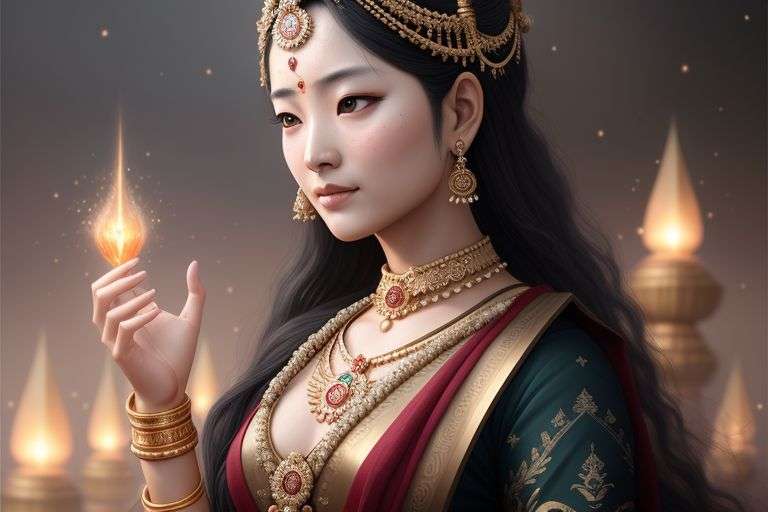
The Ajima goddesses are also associated with the natural world, and are believed to have the power to control the elements and bring about balance and harmony in the environment. They are often worshipped during times of natural disasters or upheaval, as a way to seek protection and guidance from the forces of nature. Devotees believe that by honoring the Ajima goddesses, they can bring about peace and prosperity to the land.
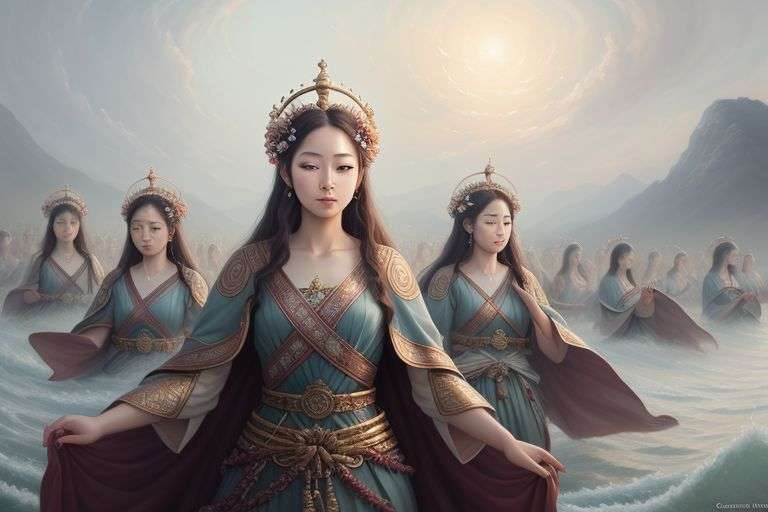
The Ajima goddesses of Kathmandu are powerful and revered deities who are worshipped for their protection, wisdom, and abundance. They are seen as manifestations of the divine feminine energy and are believed to have the power to bring about positive change in the lives of their devotees. The worship of the Ajima goddesses is a central part of the culture and traditions of the Kathmandu Valley, and their temples and shrines are important landmarks in the local landscape. Devotees of the Ajima goddesses seek their blessings and guidance in times of need, believing that by honoring these powerful deities, they can bring about peace, prosperity, and abundance to their community.
